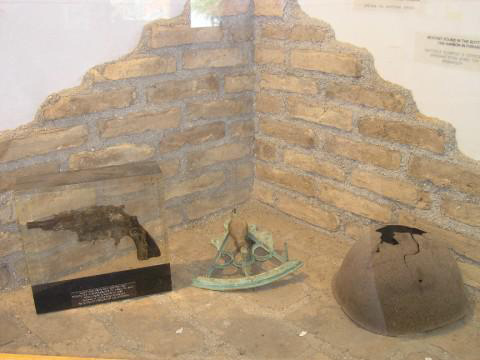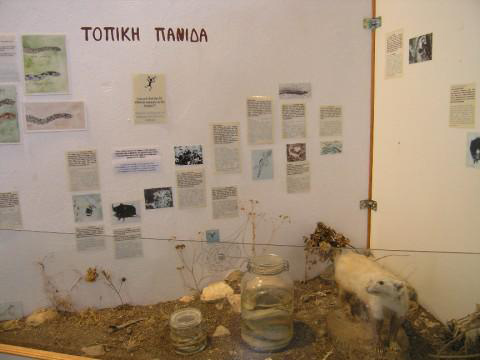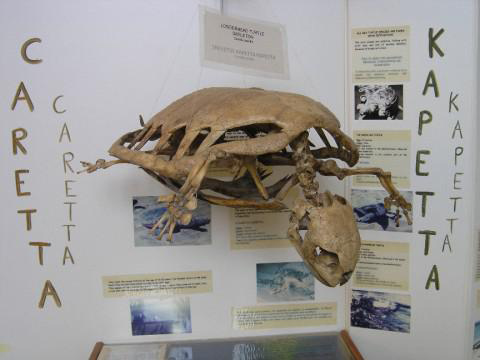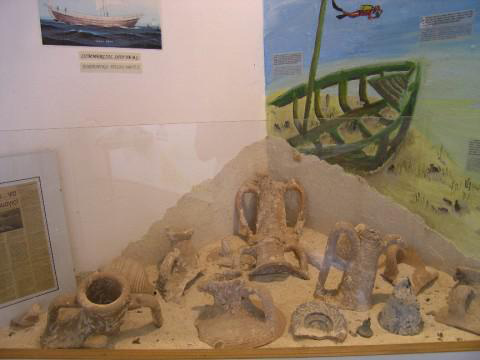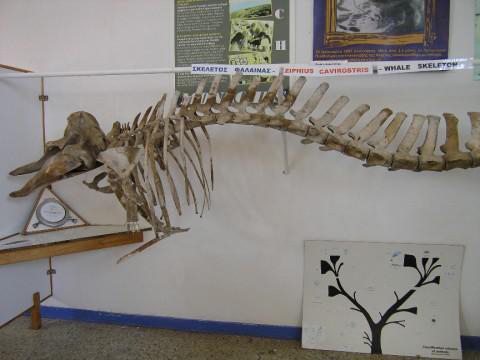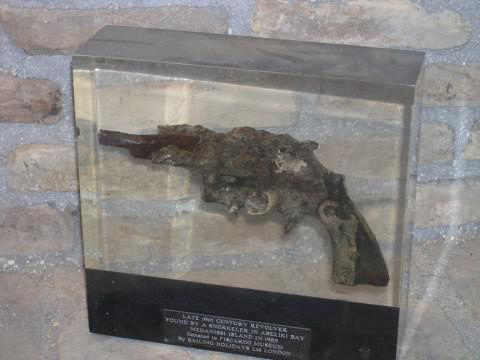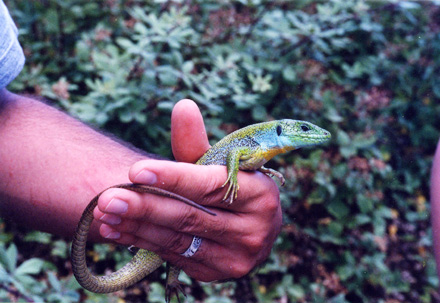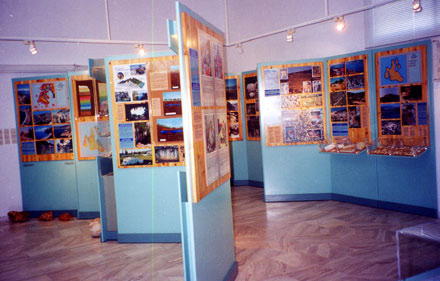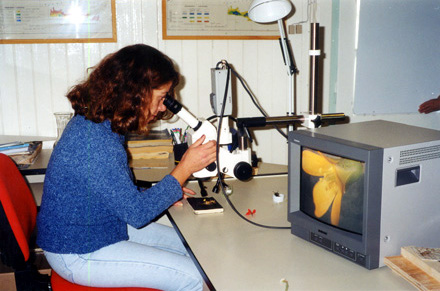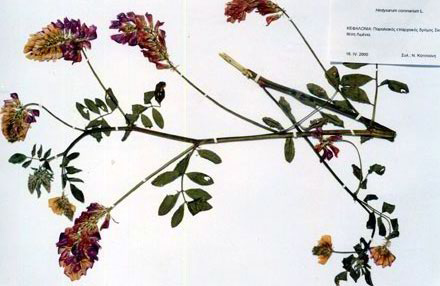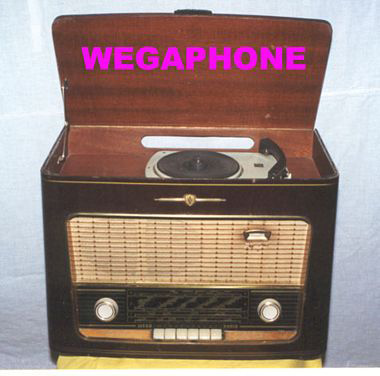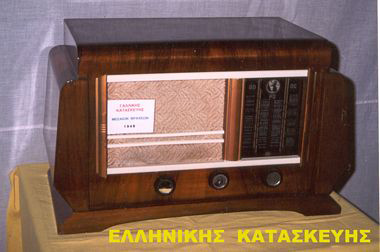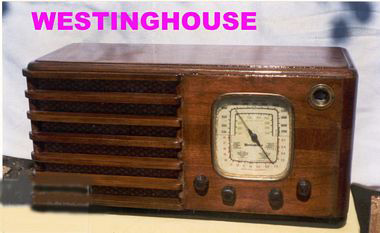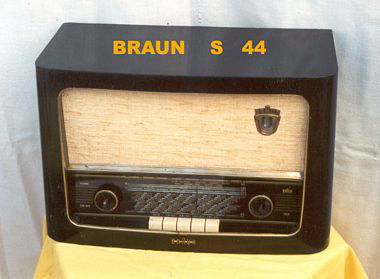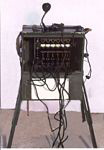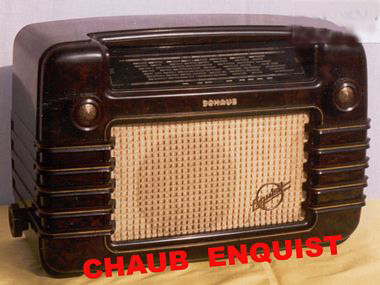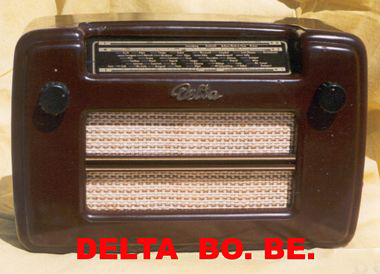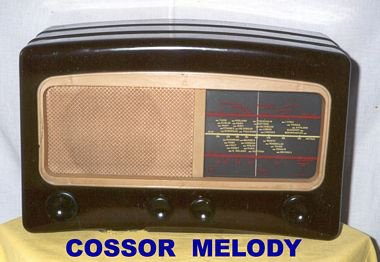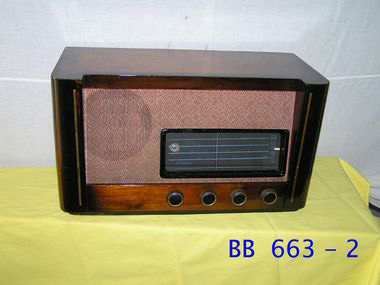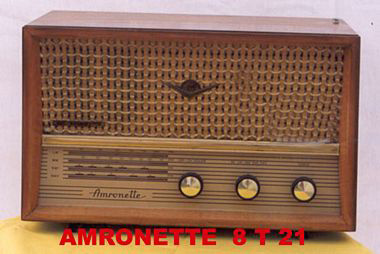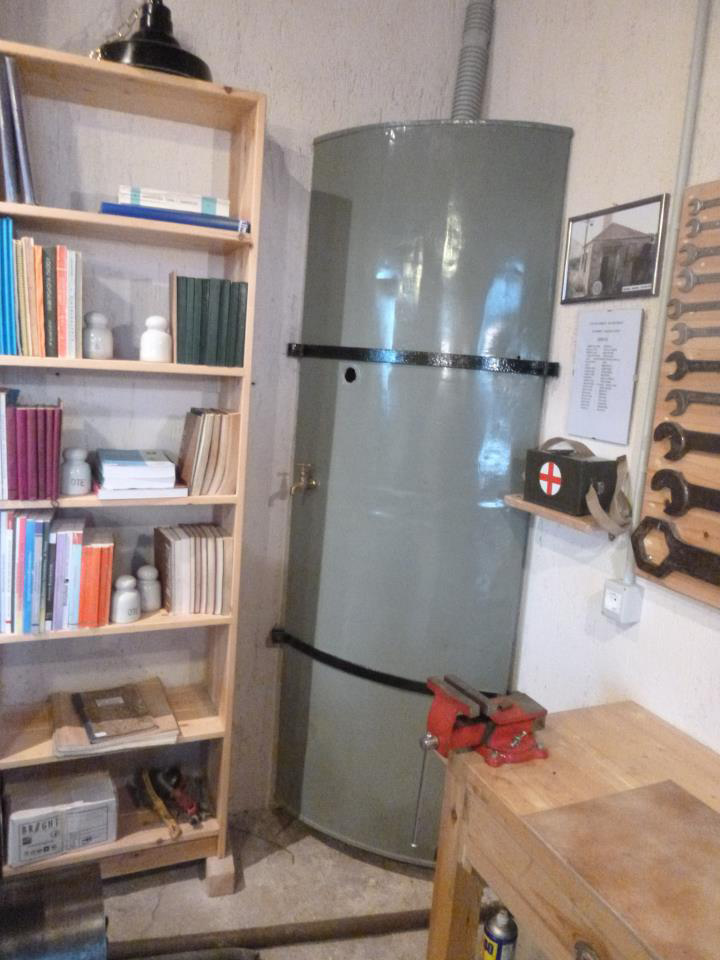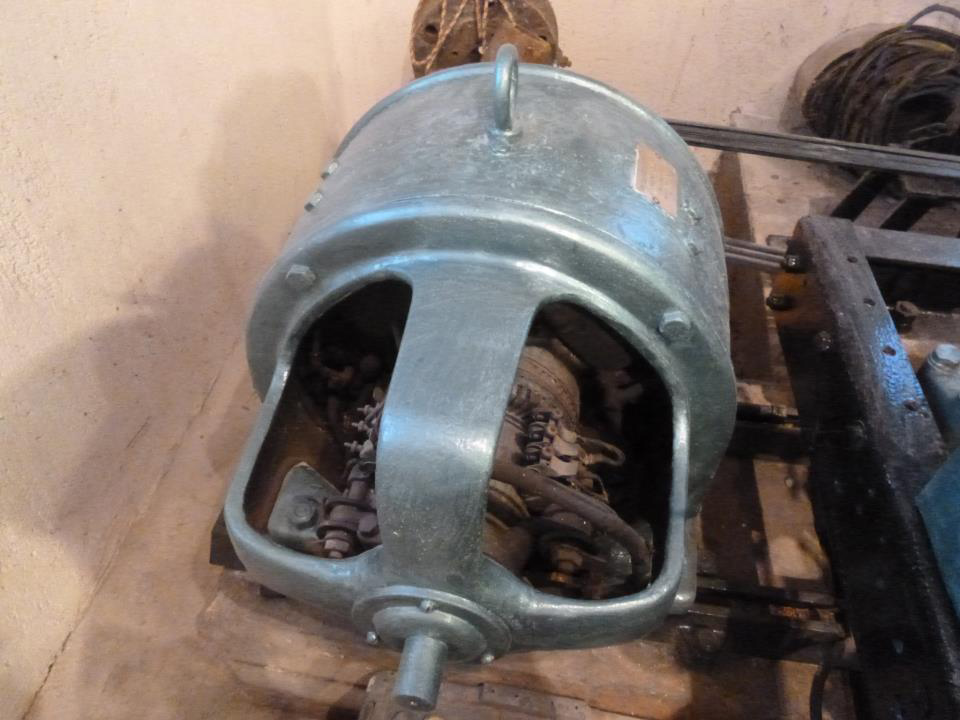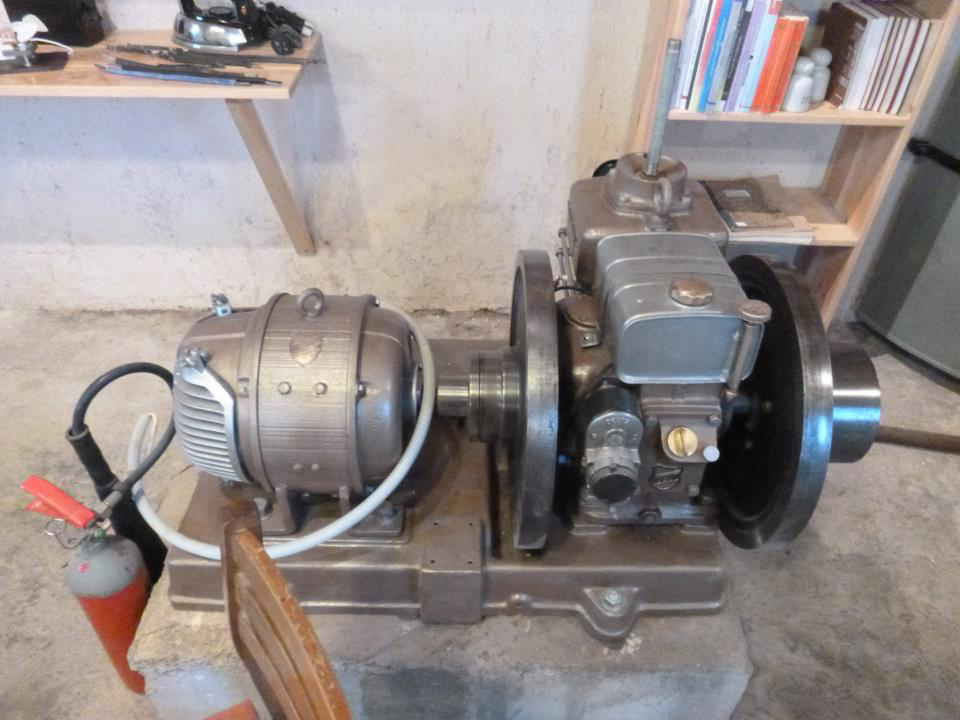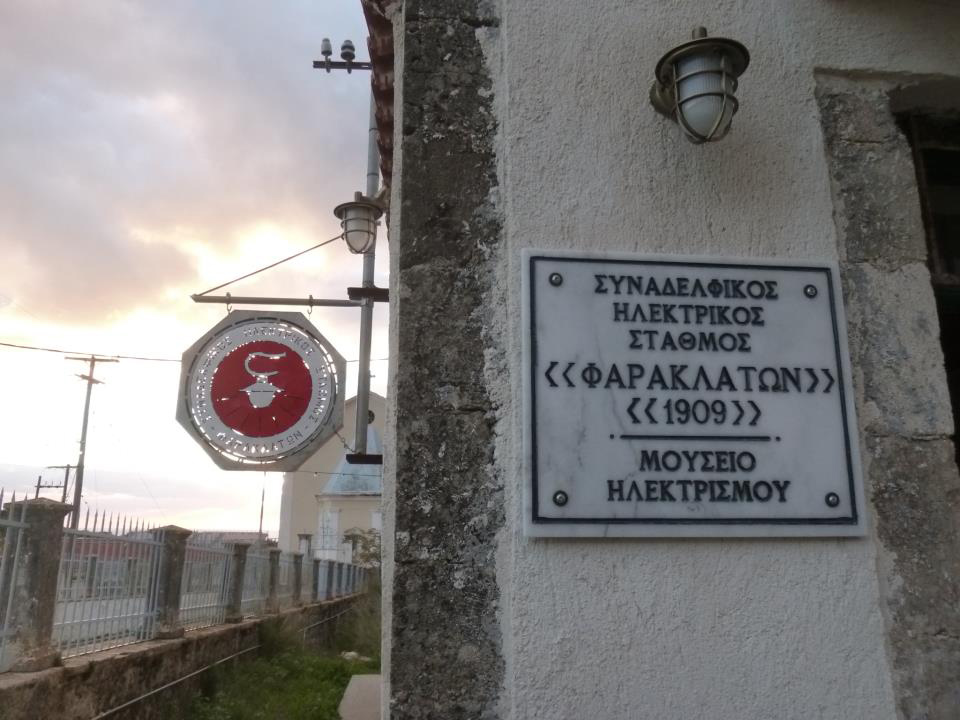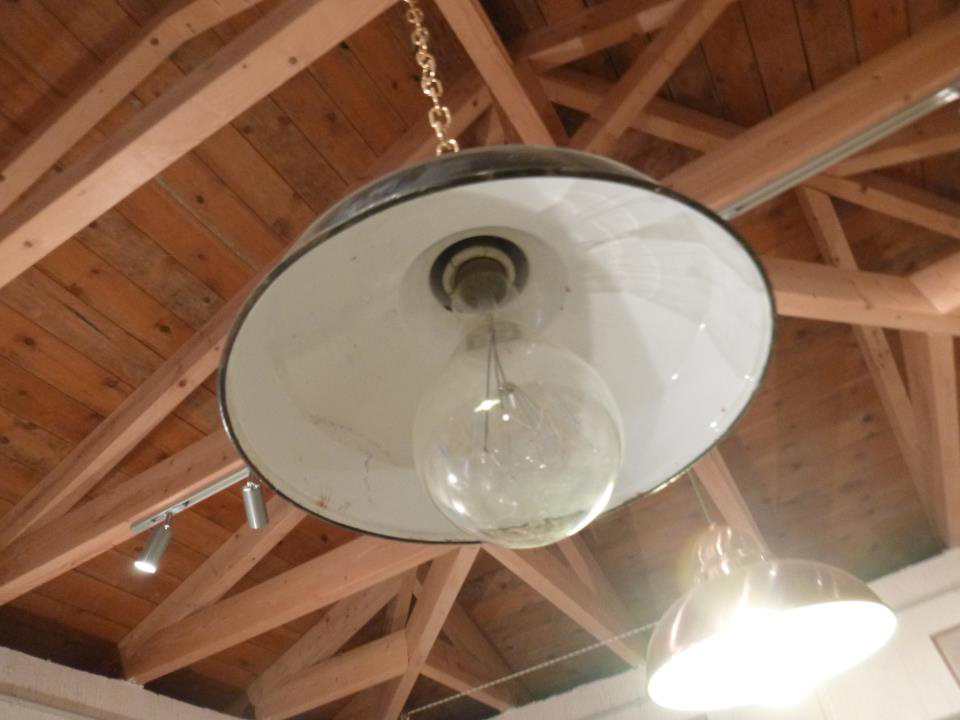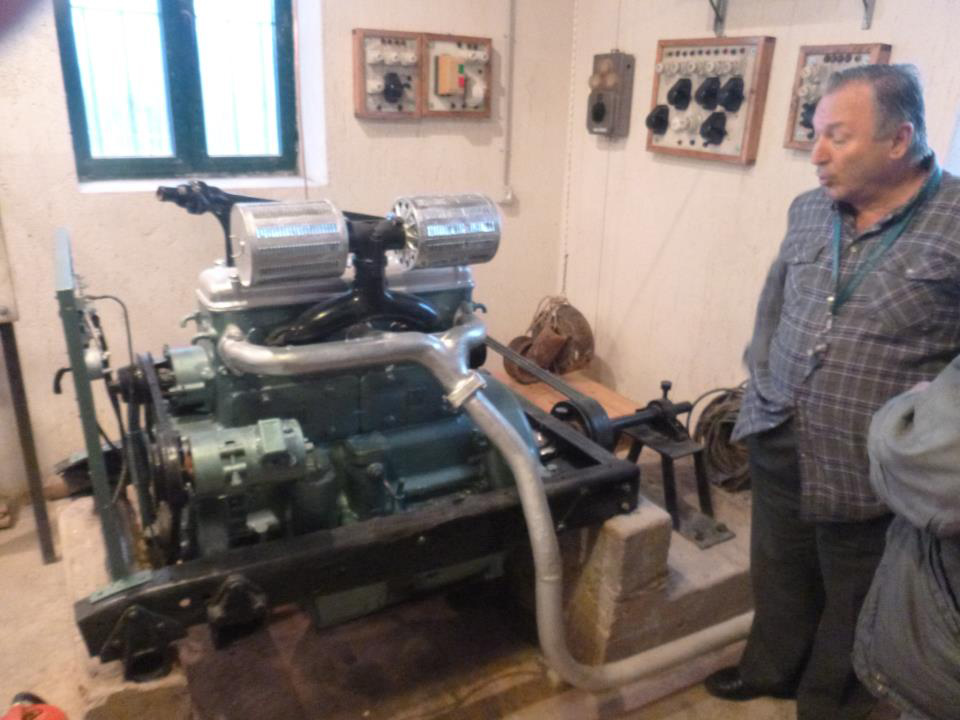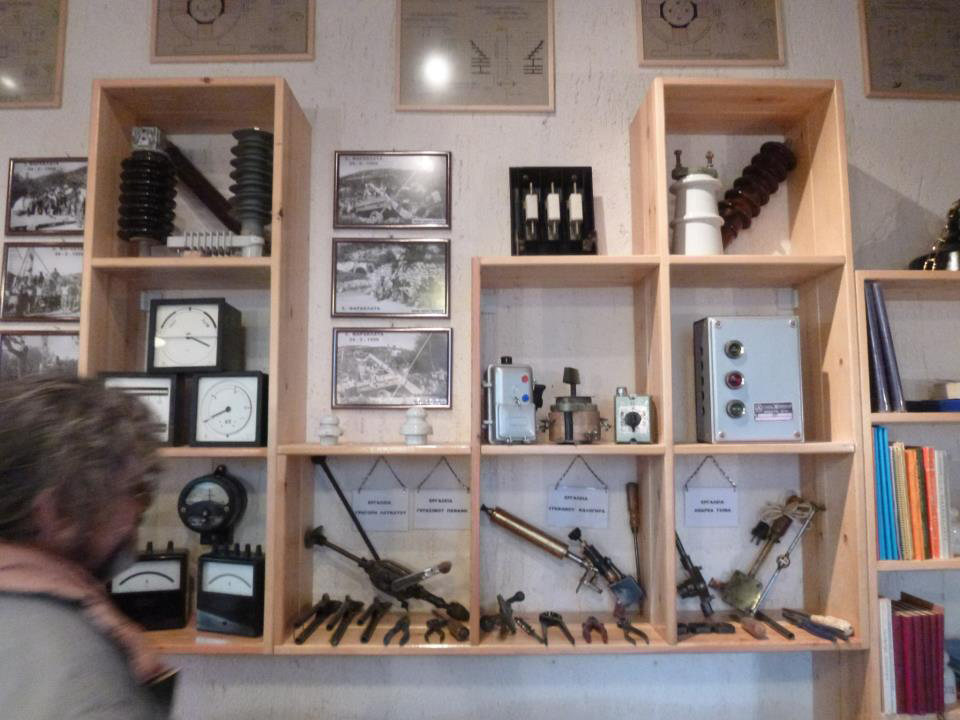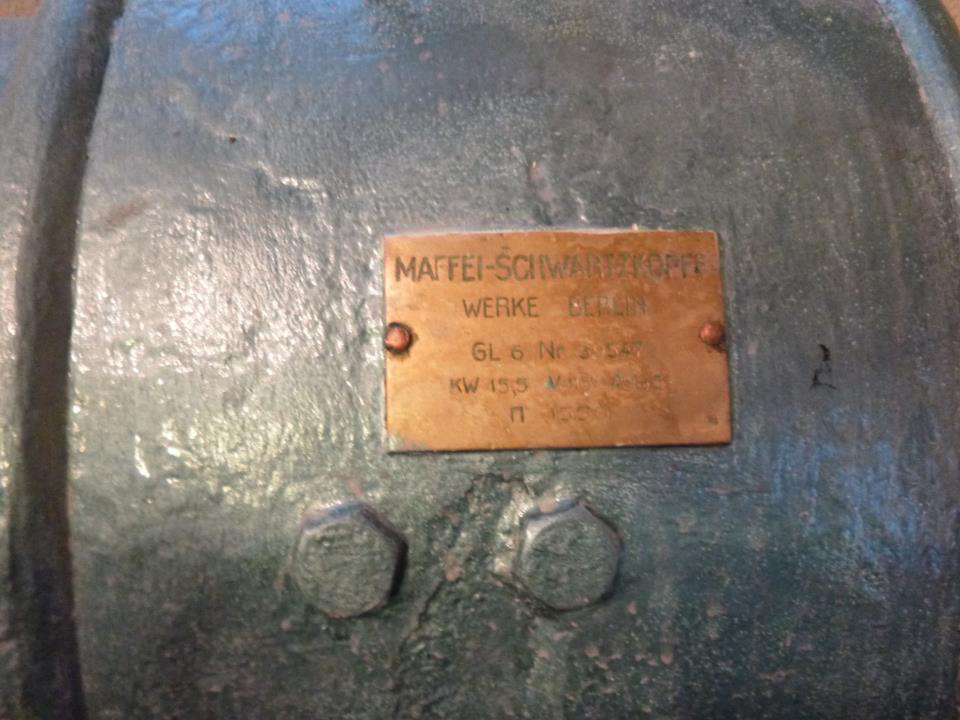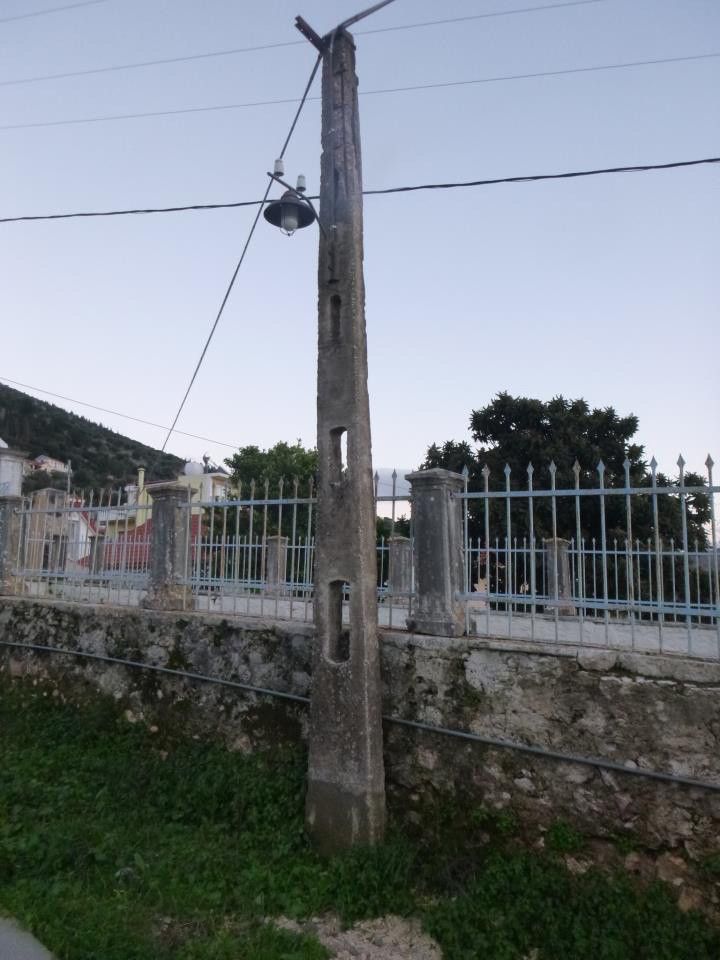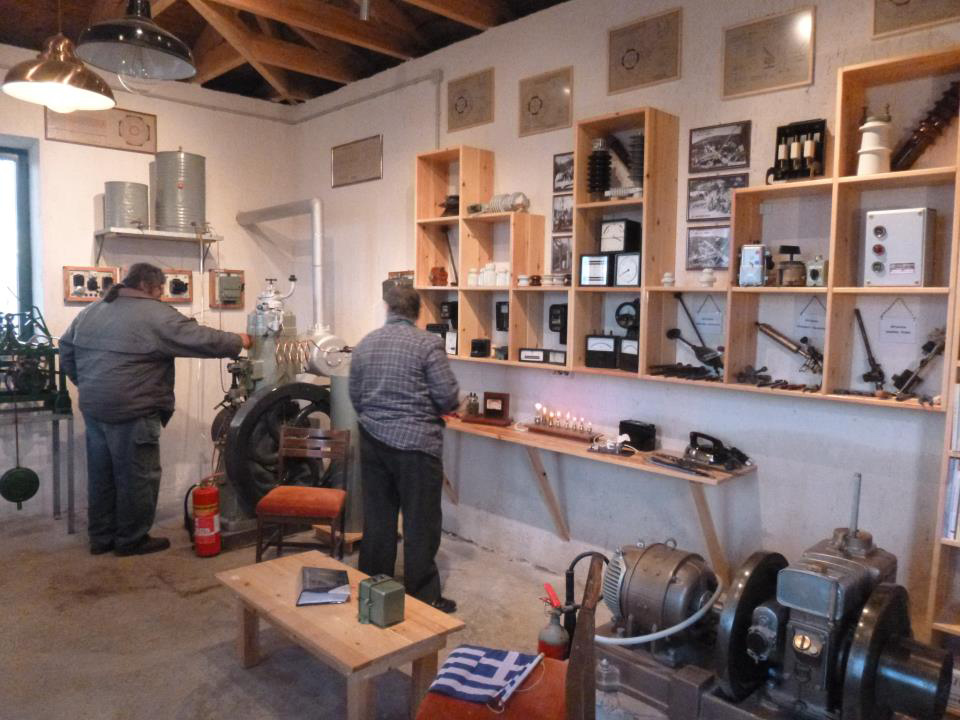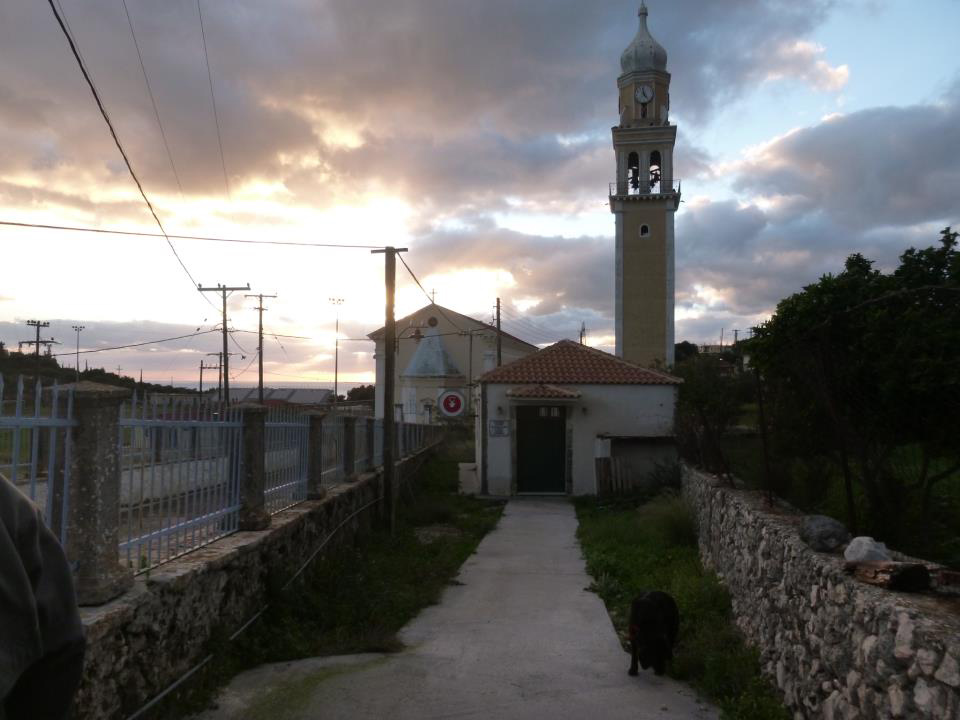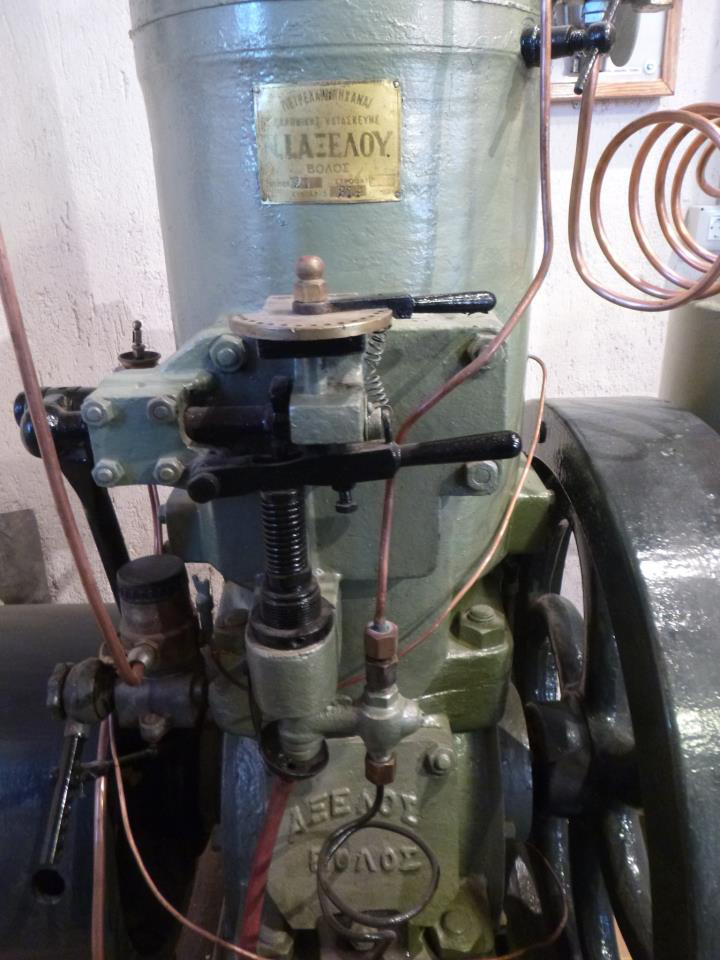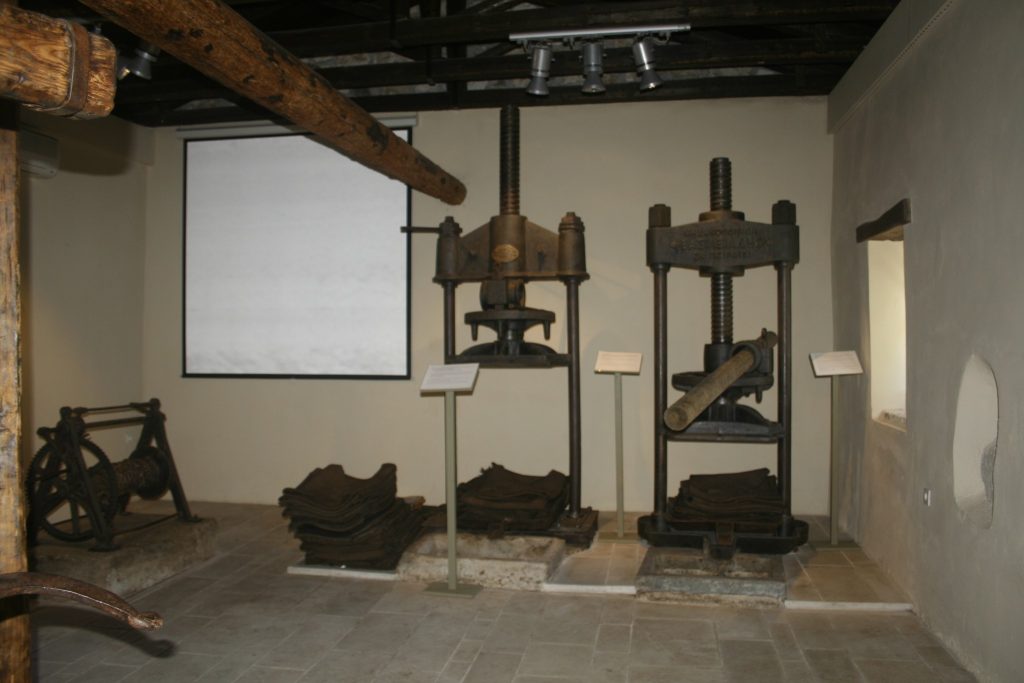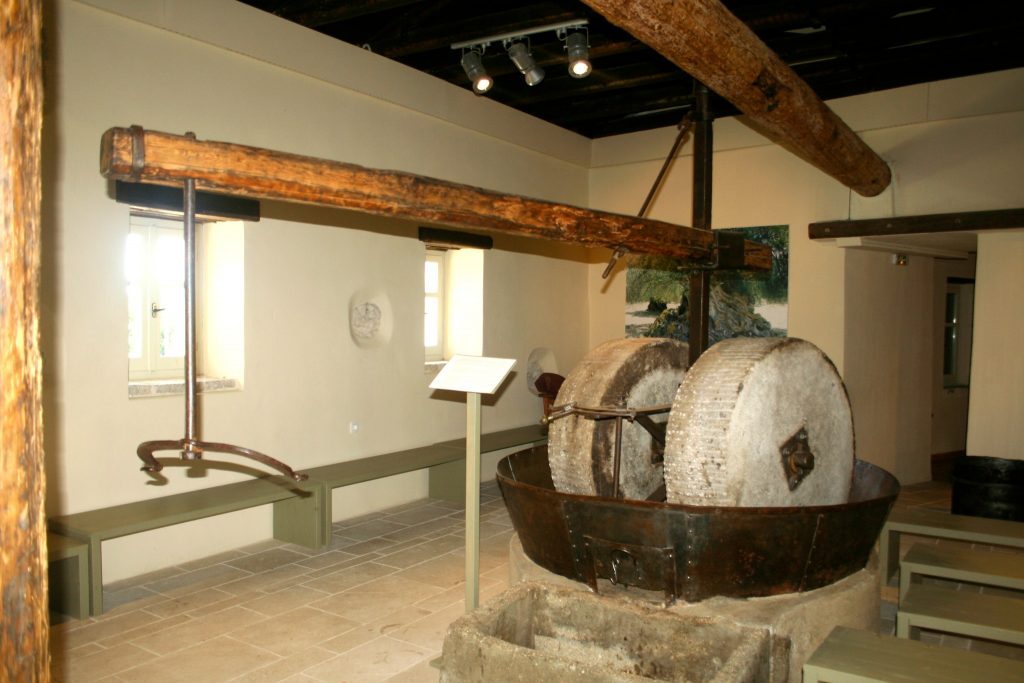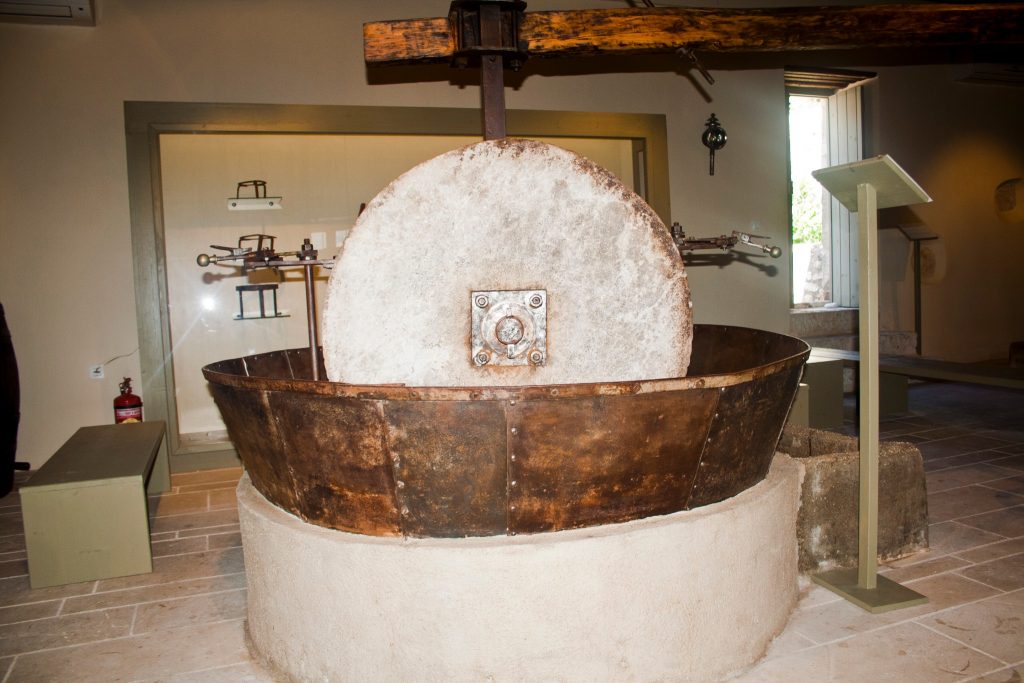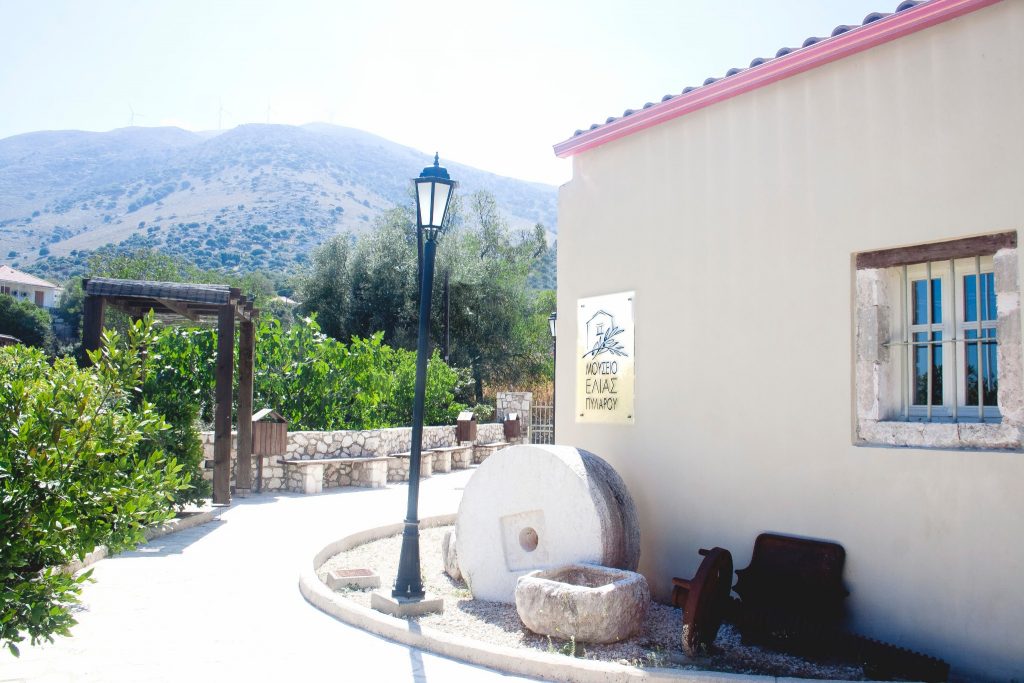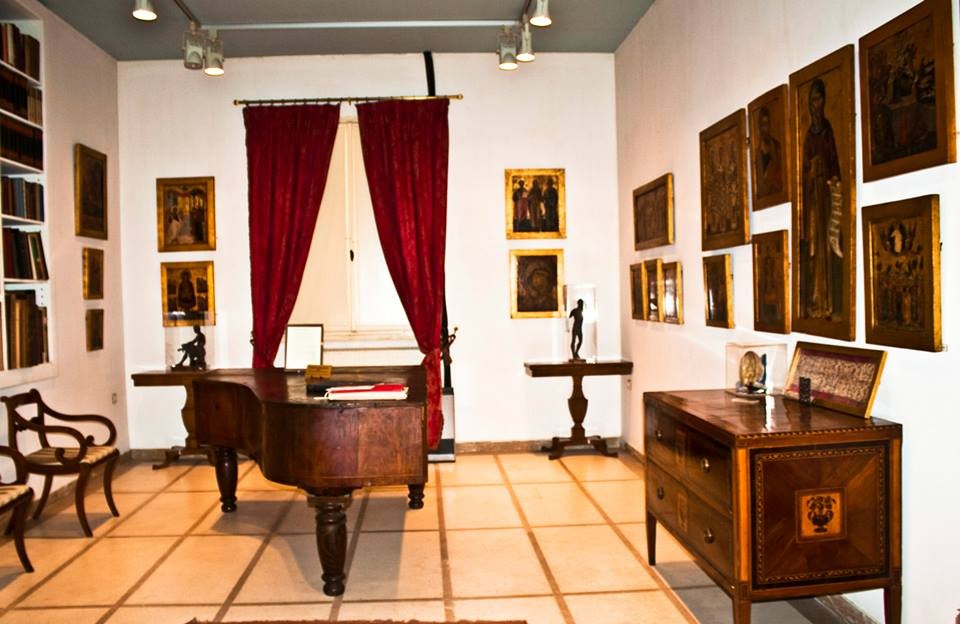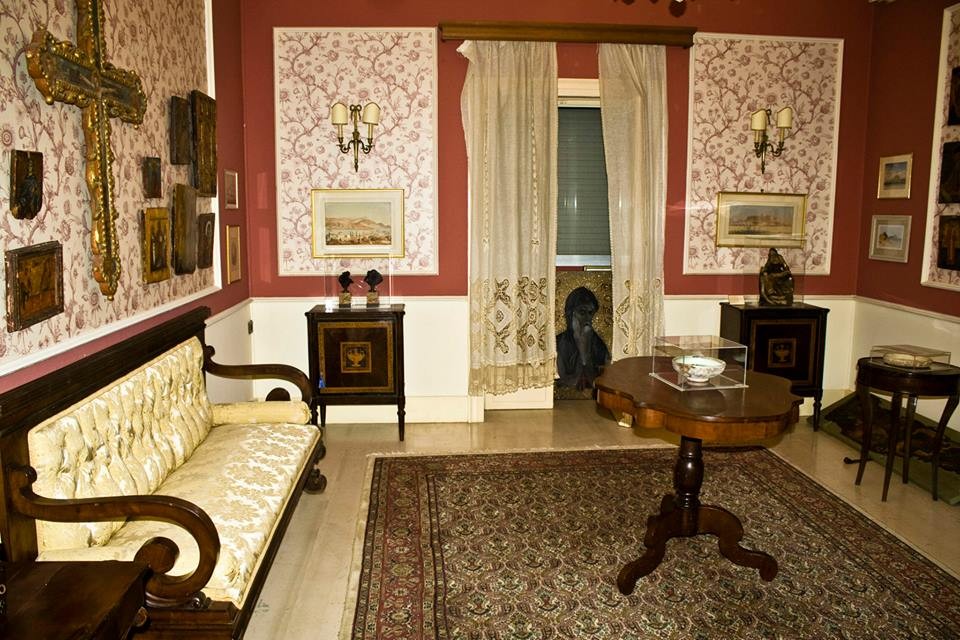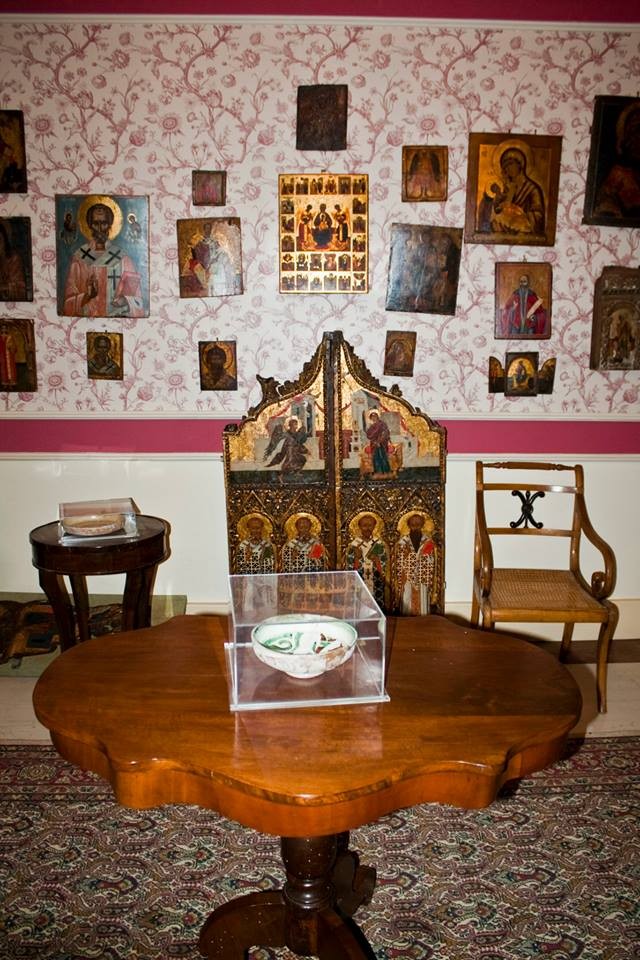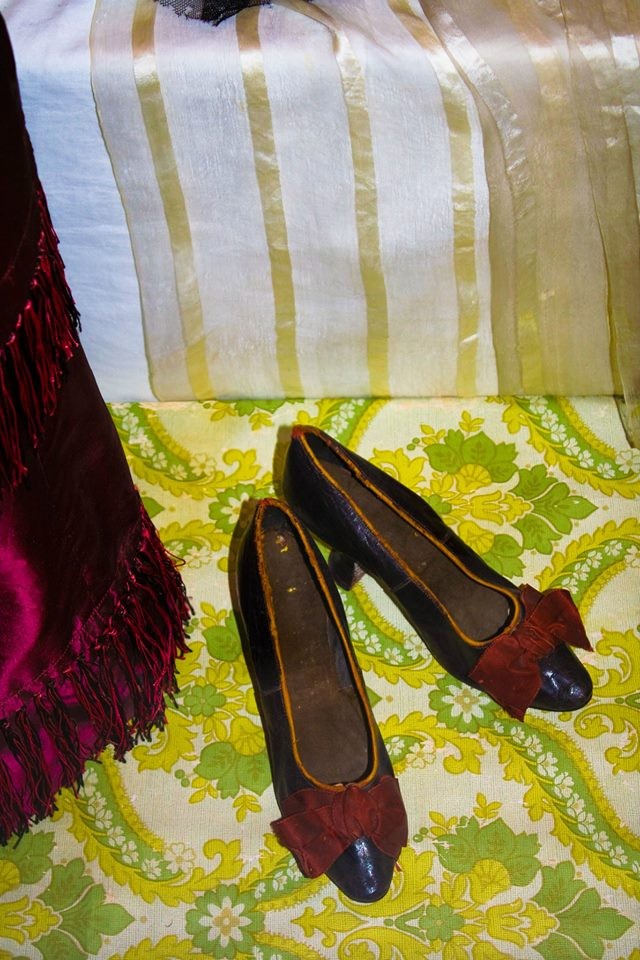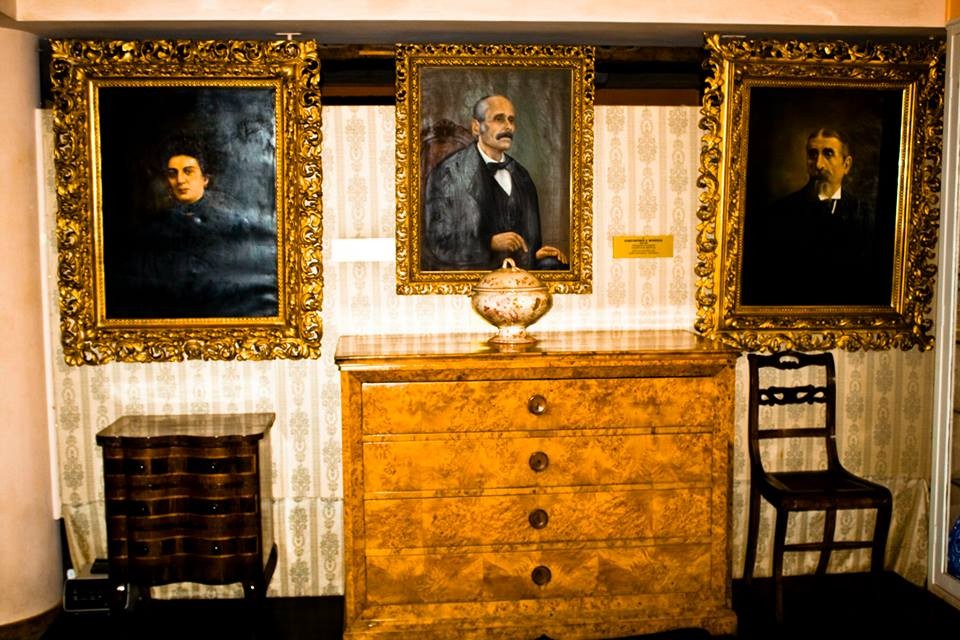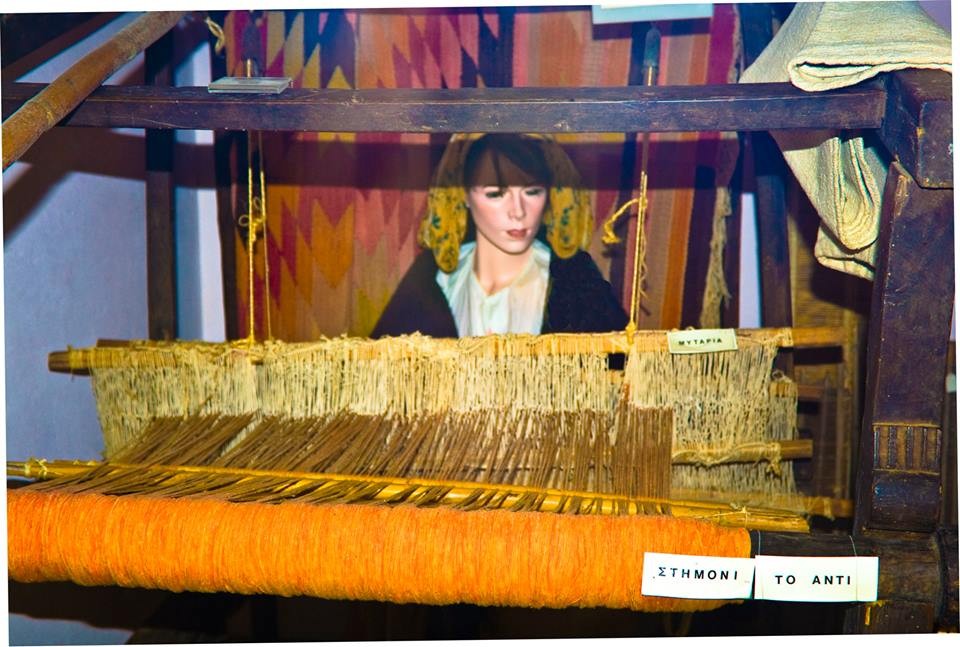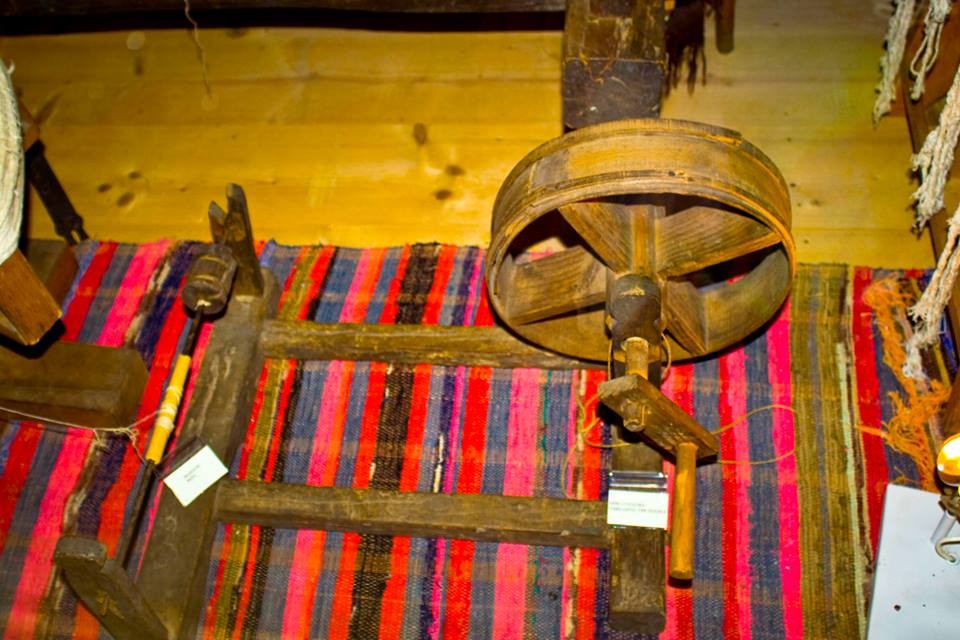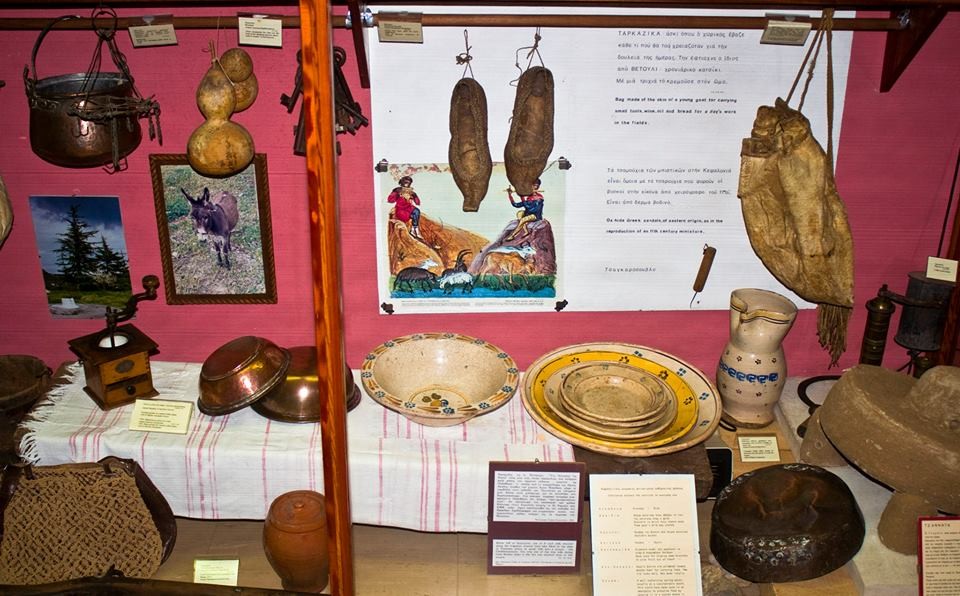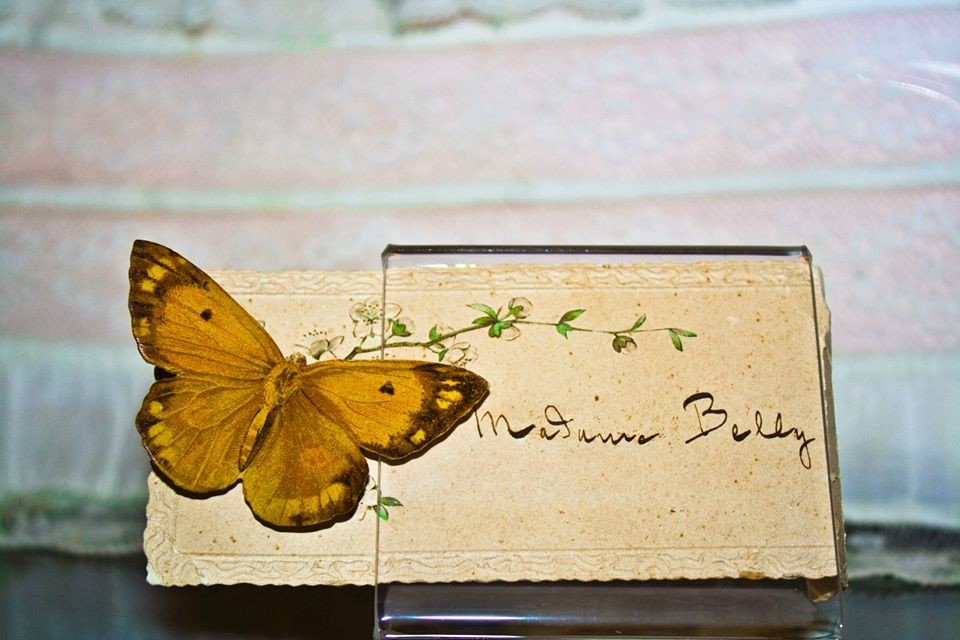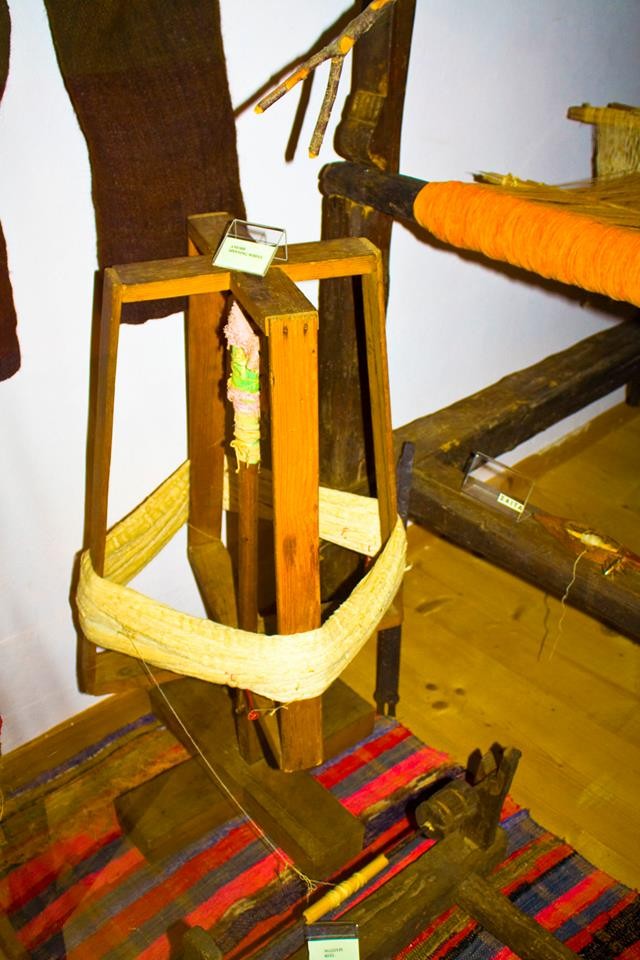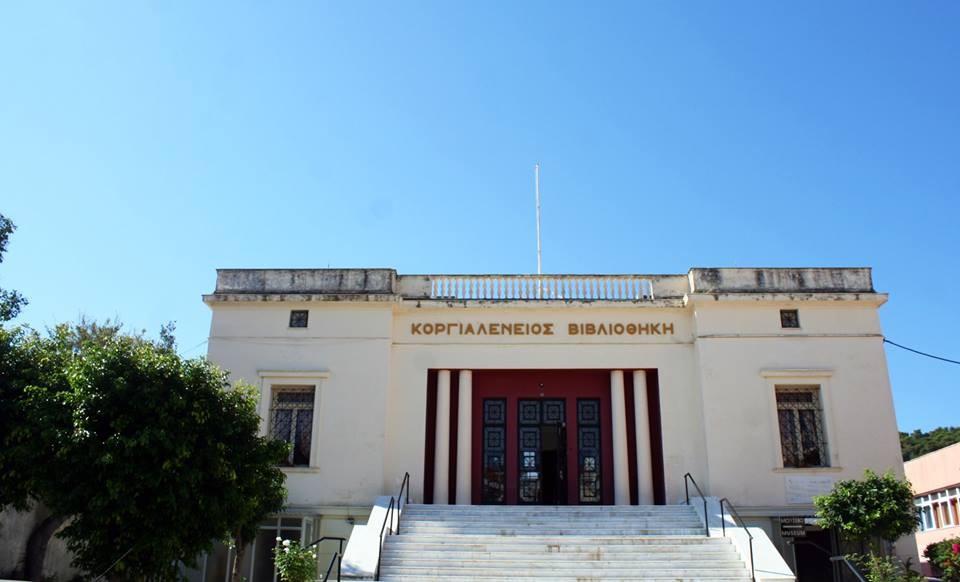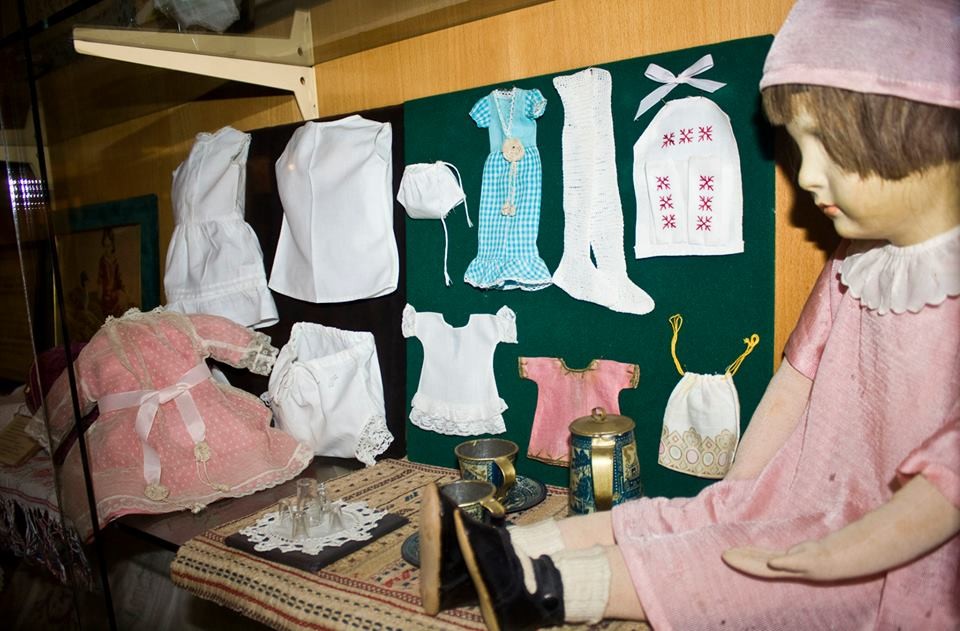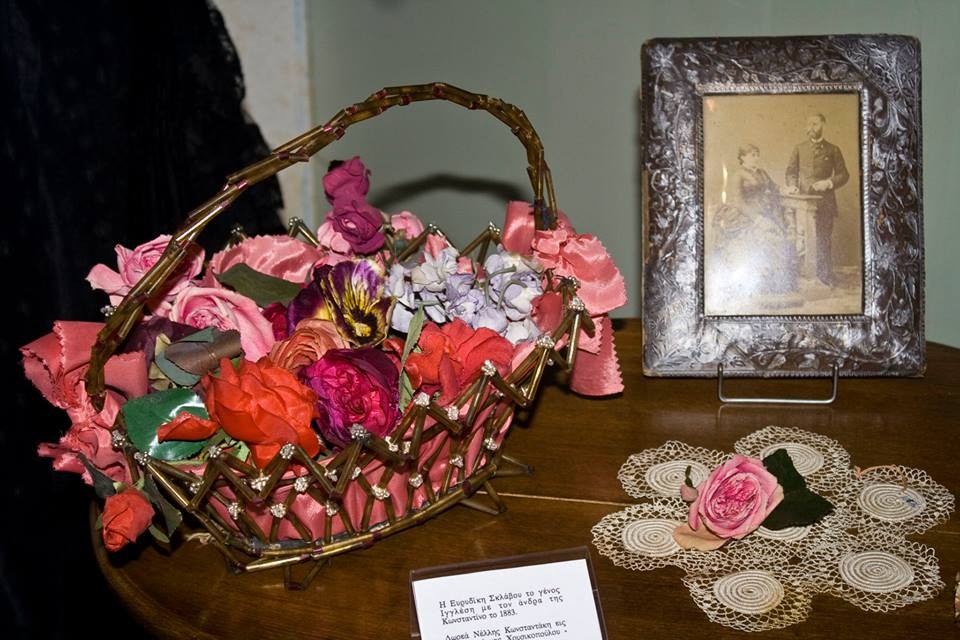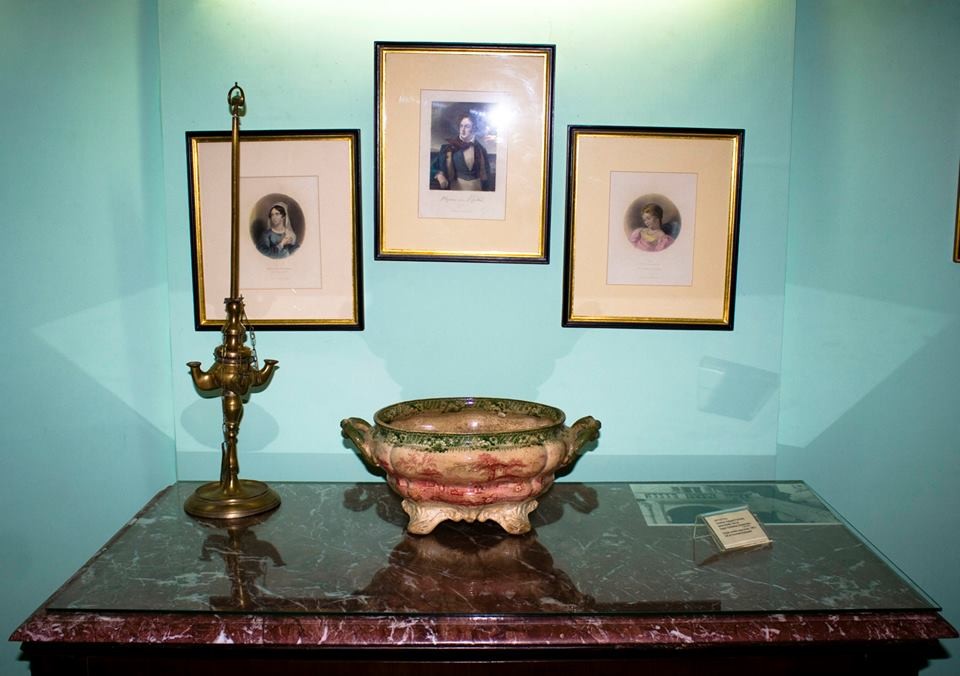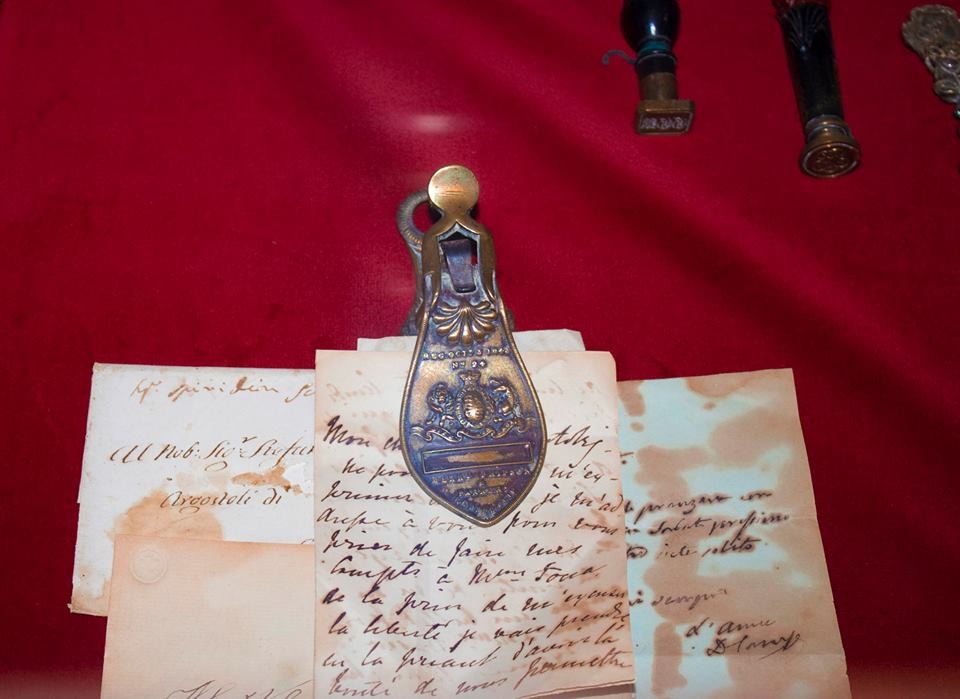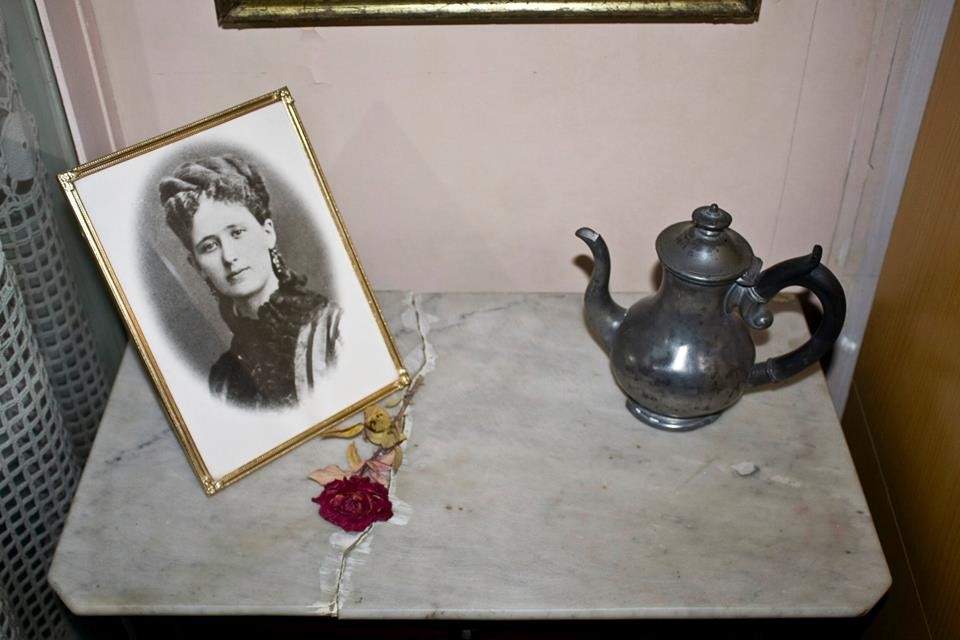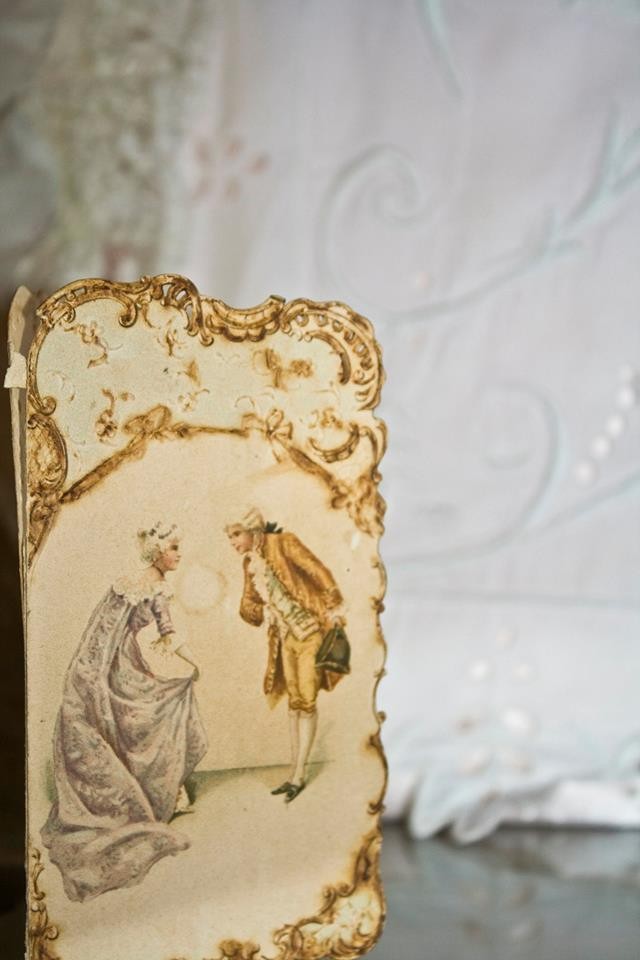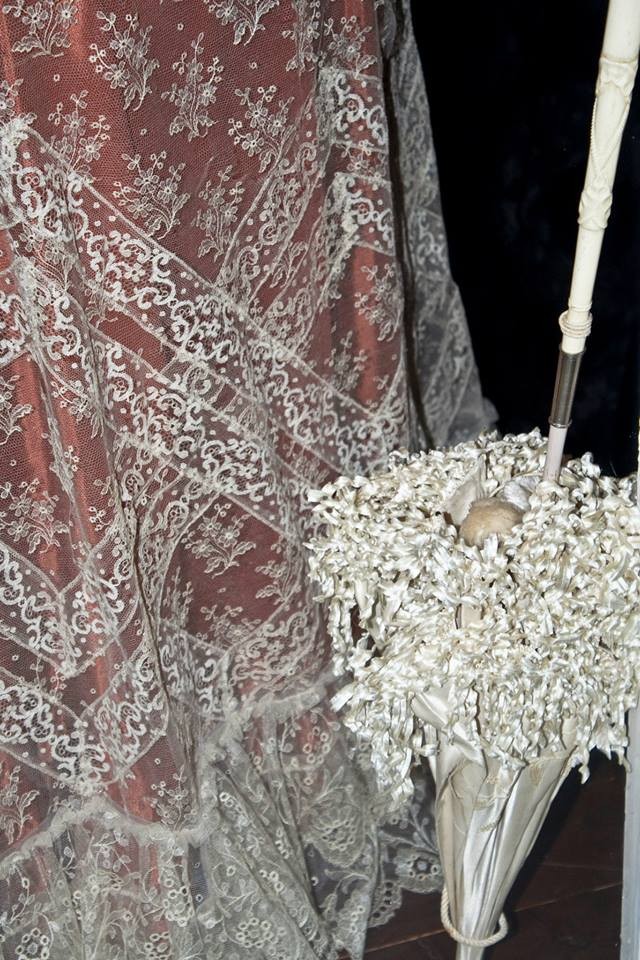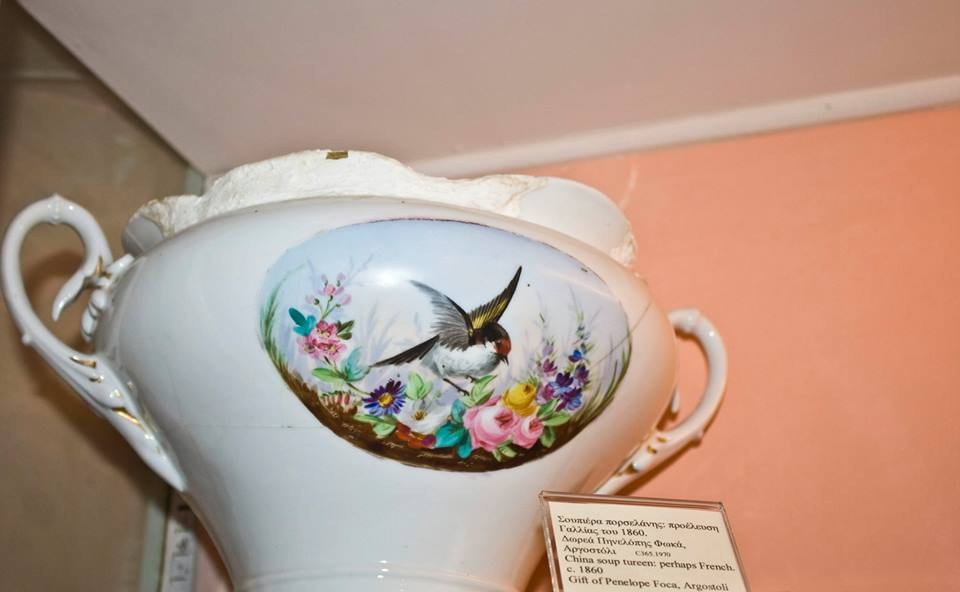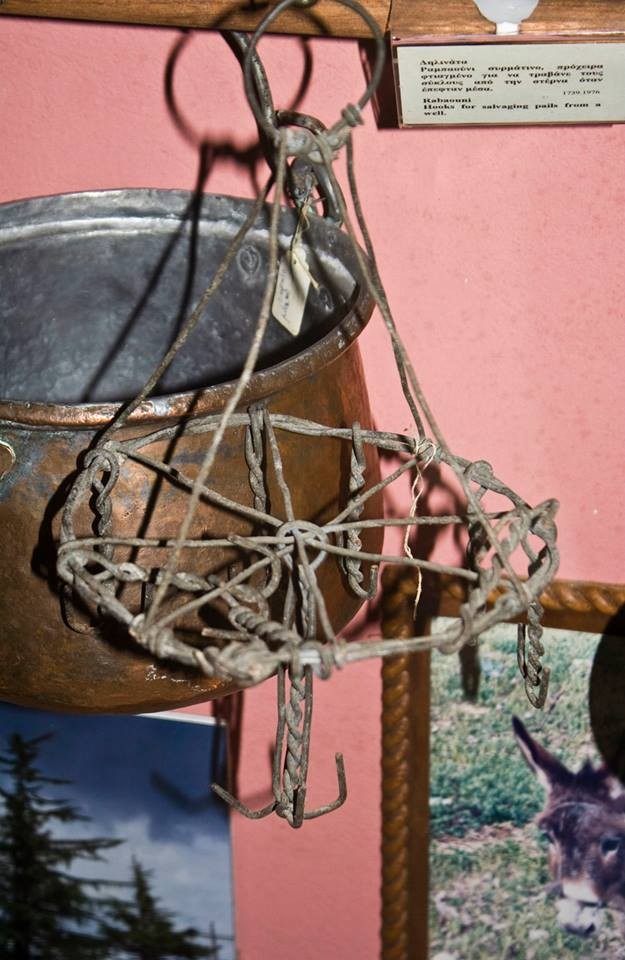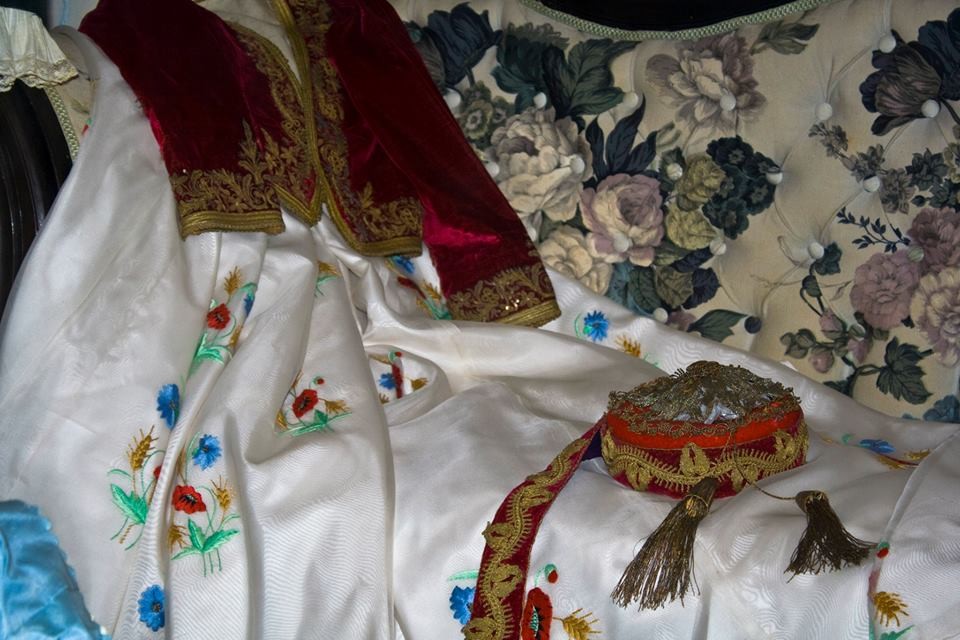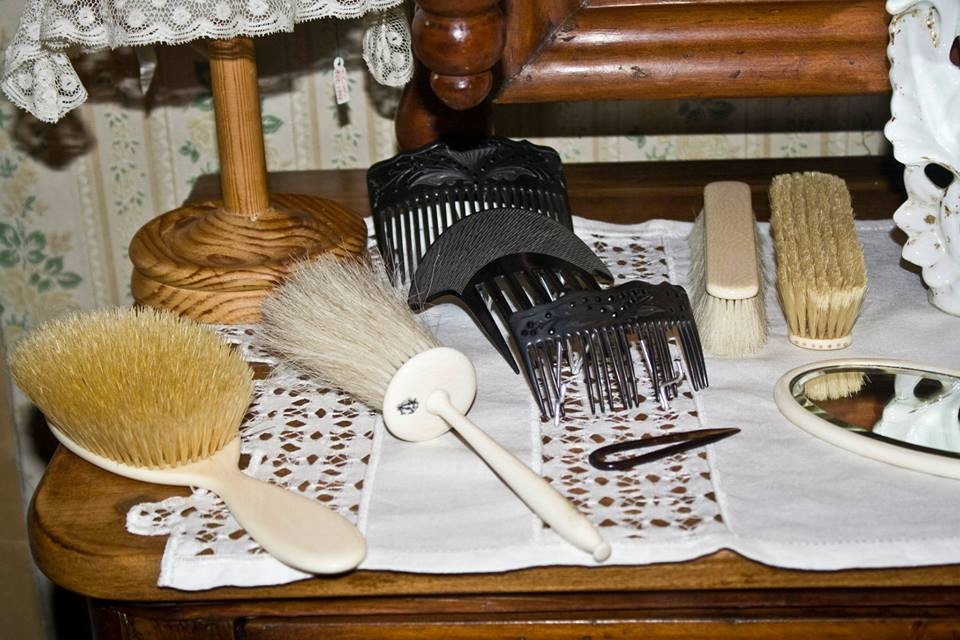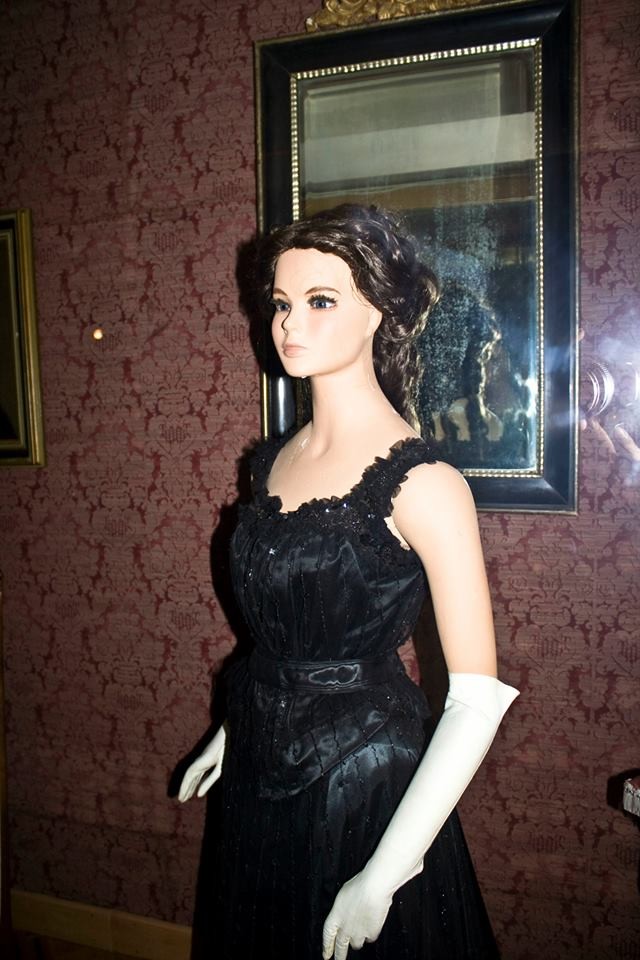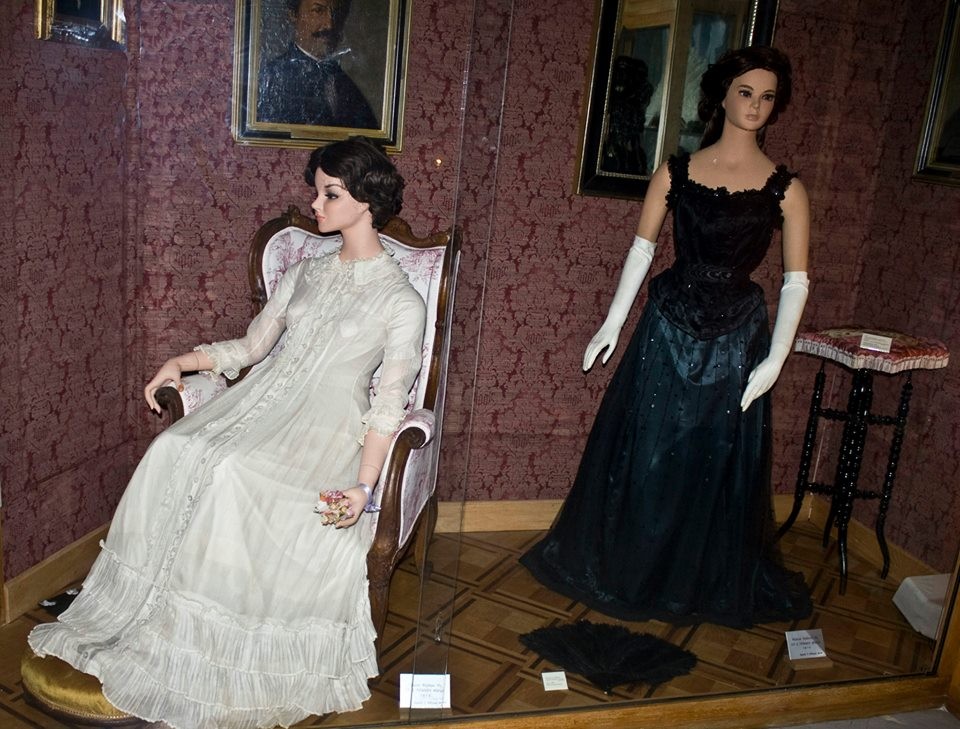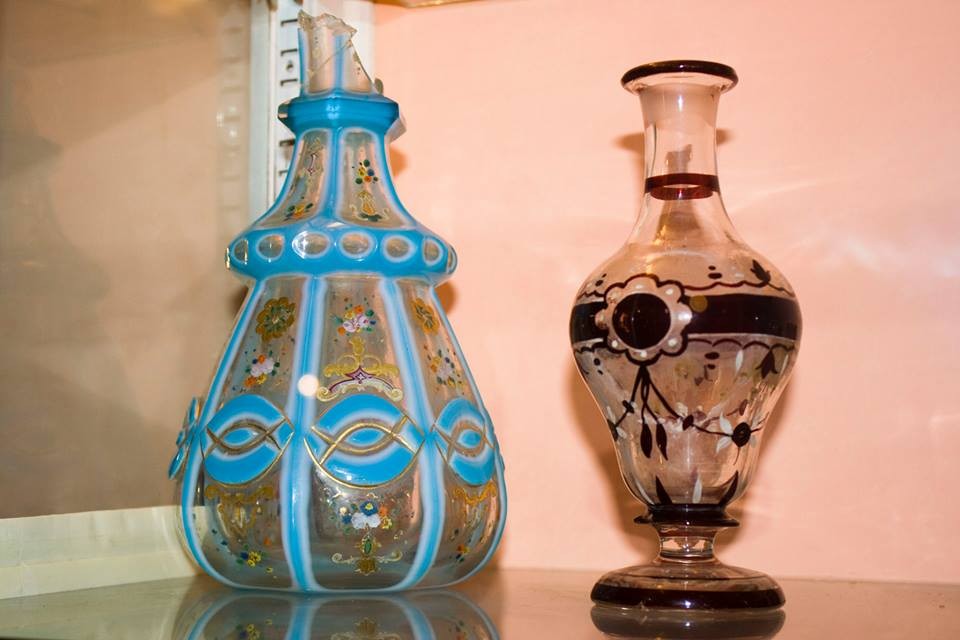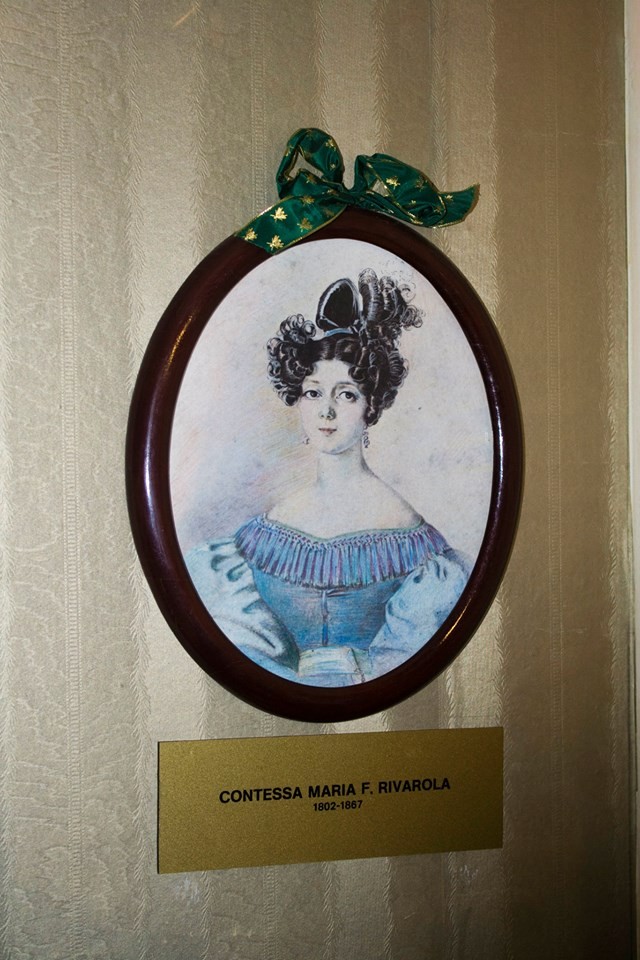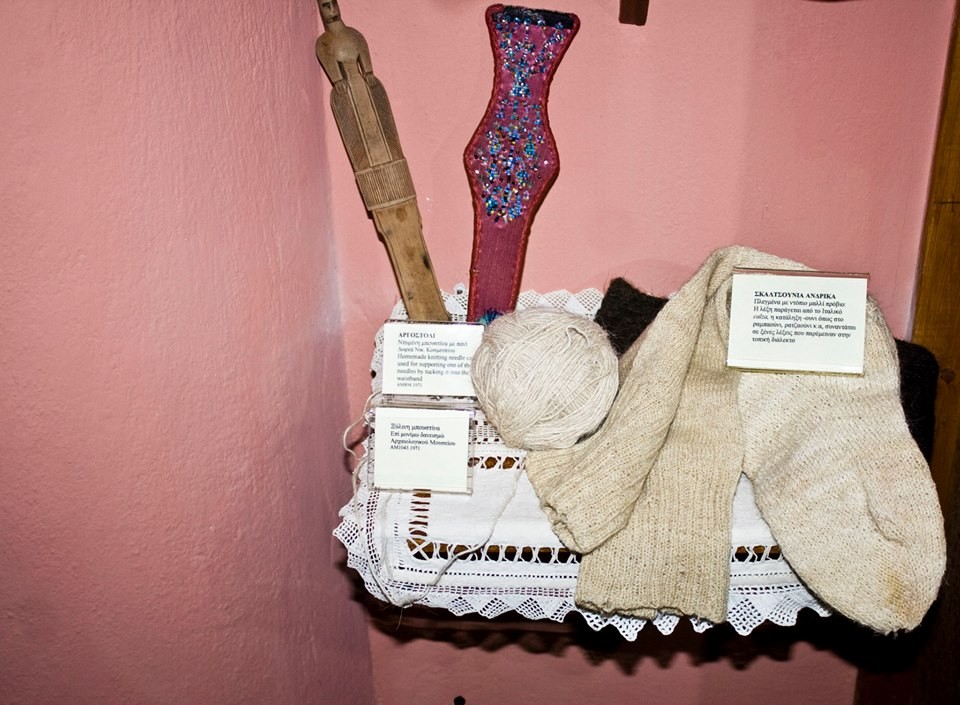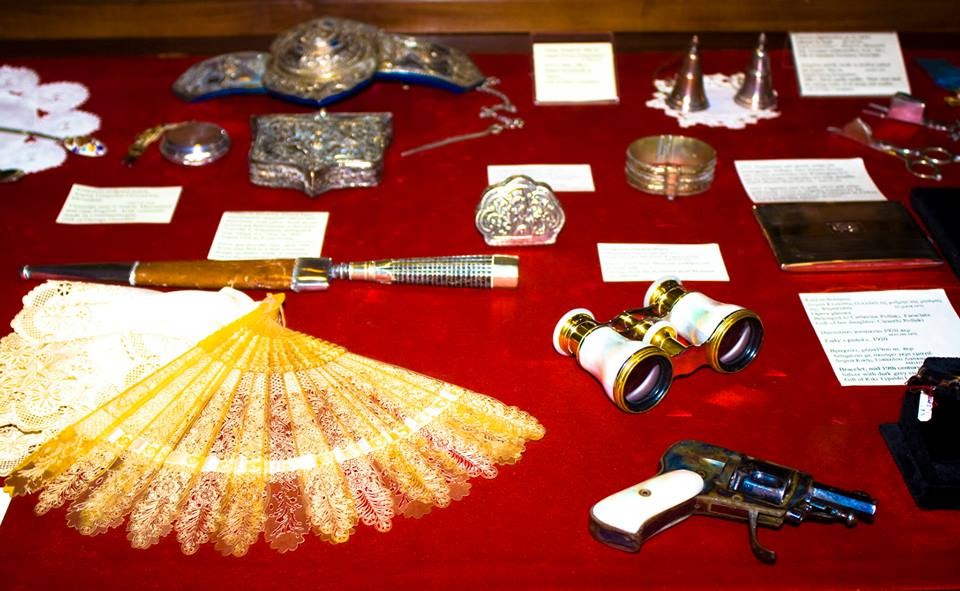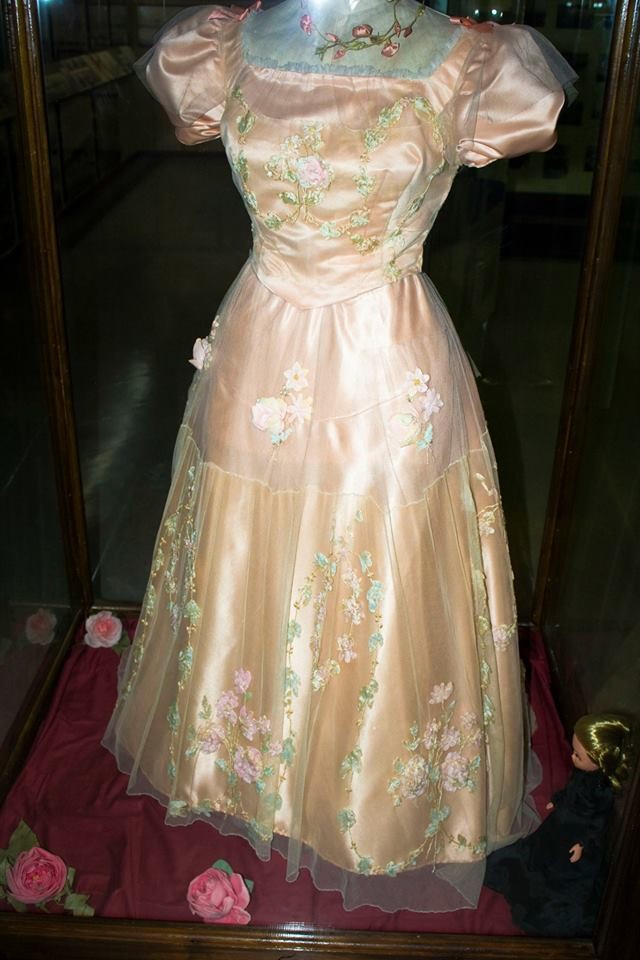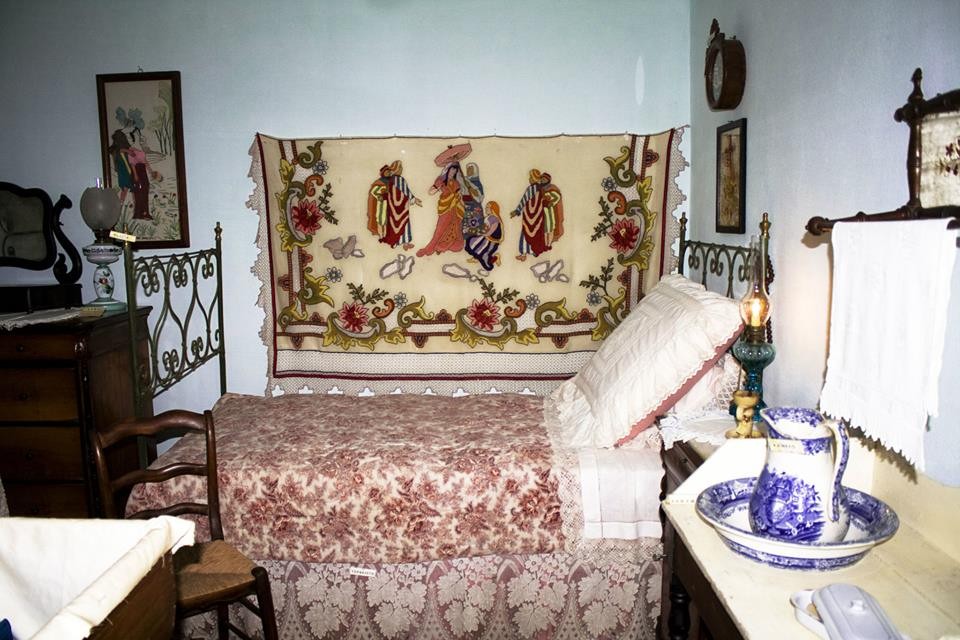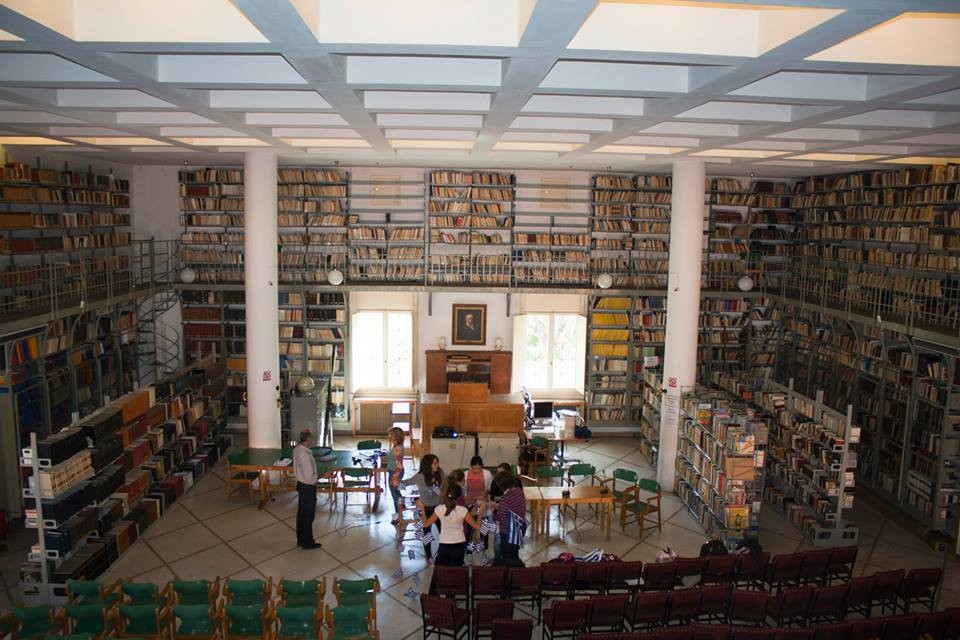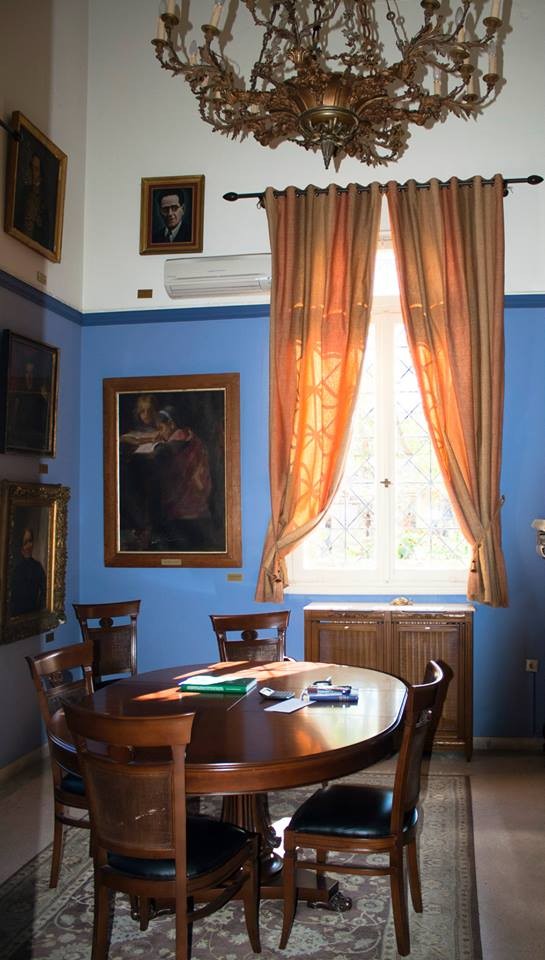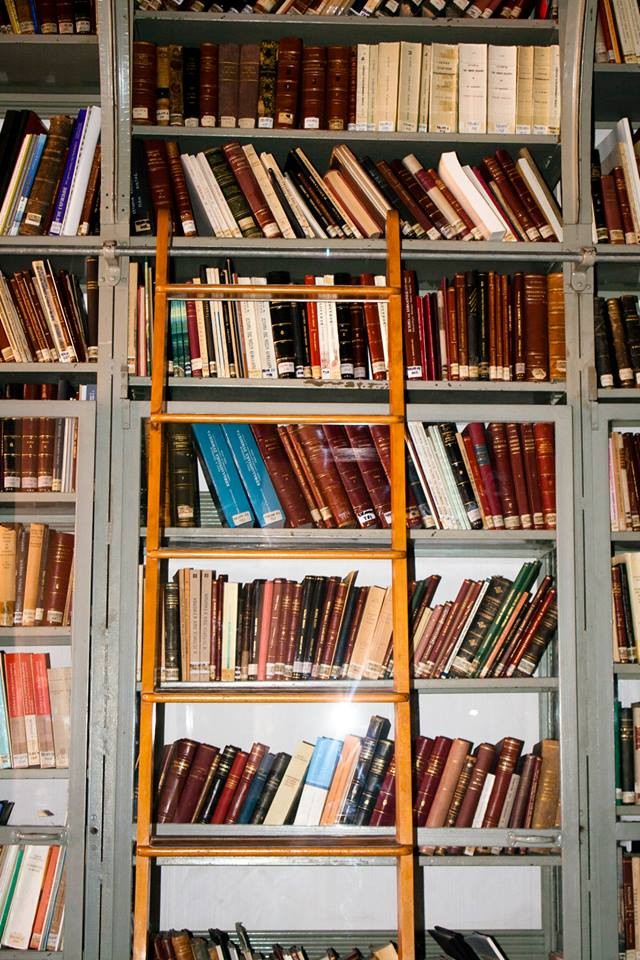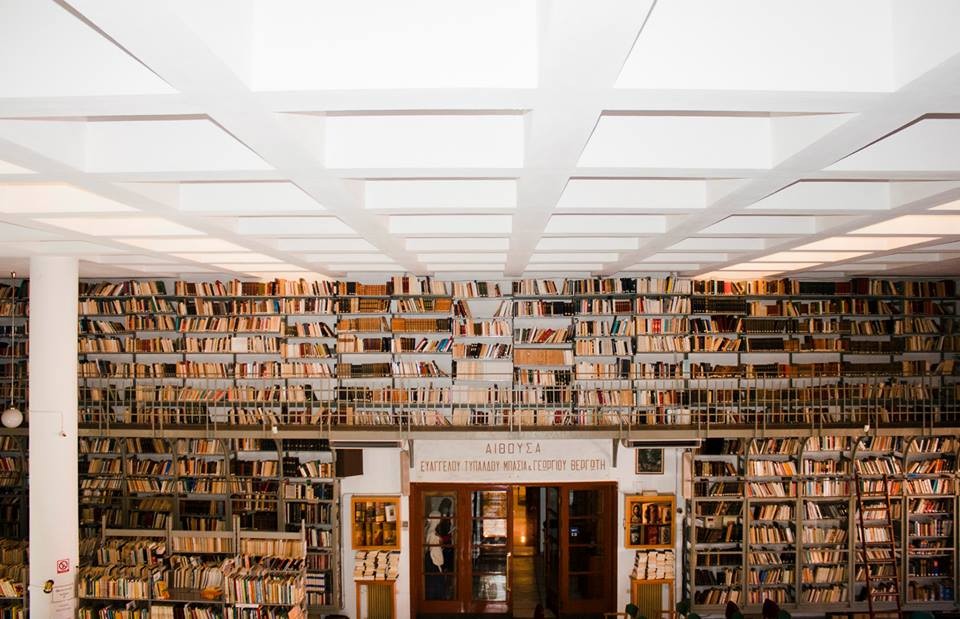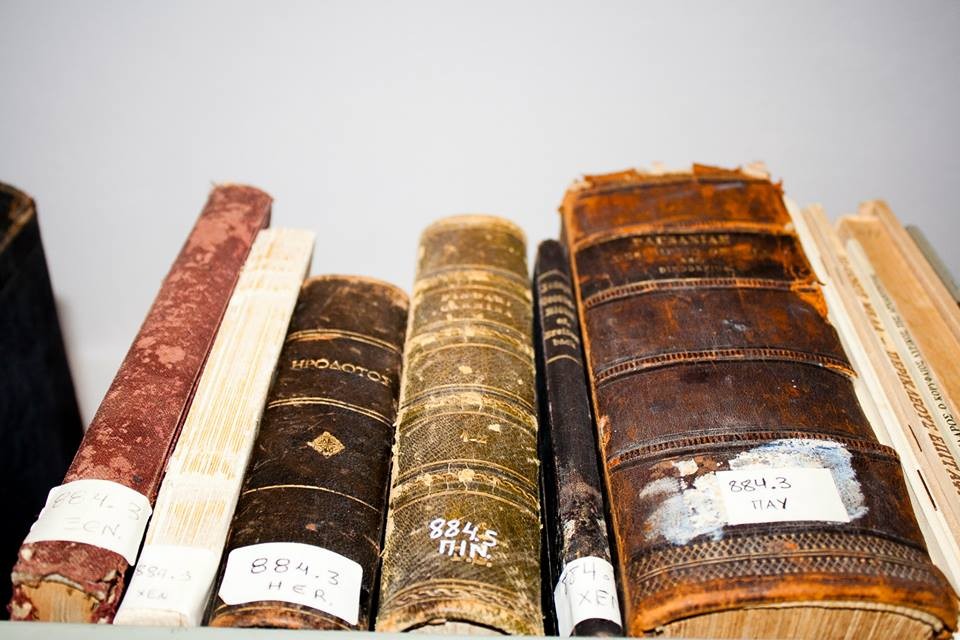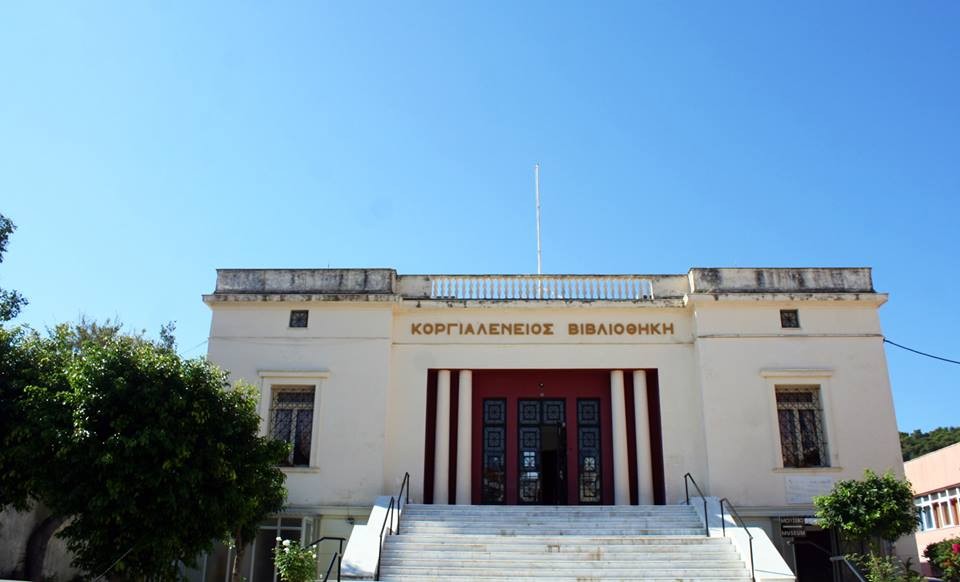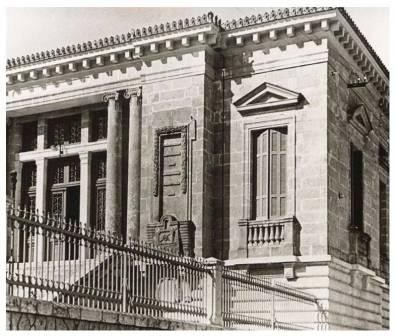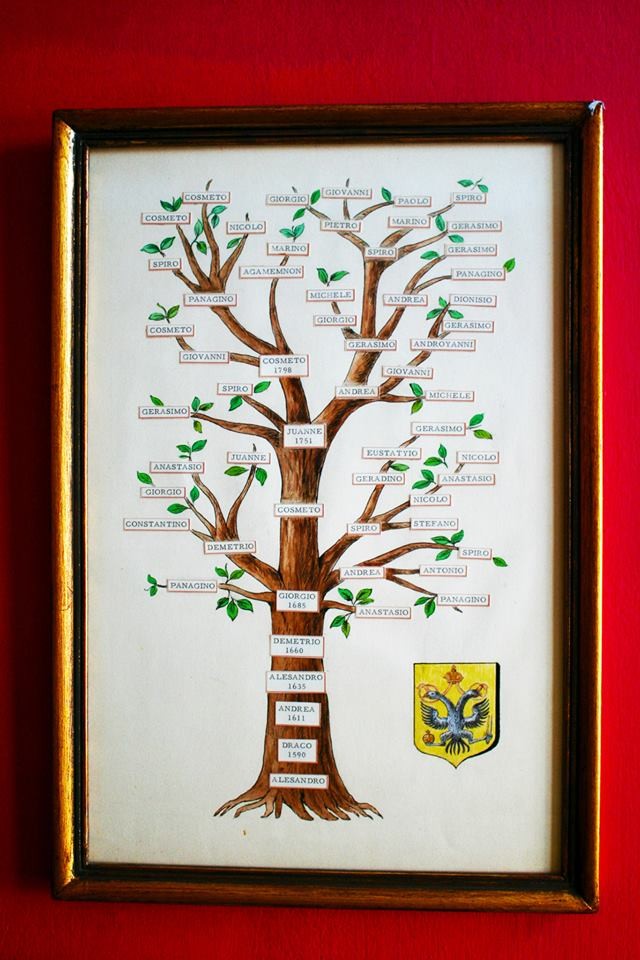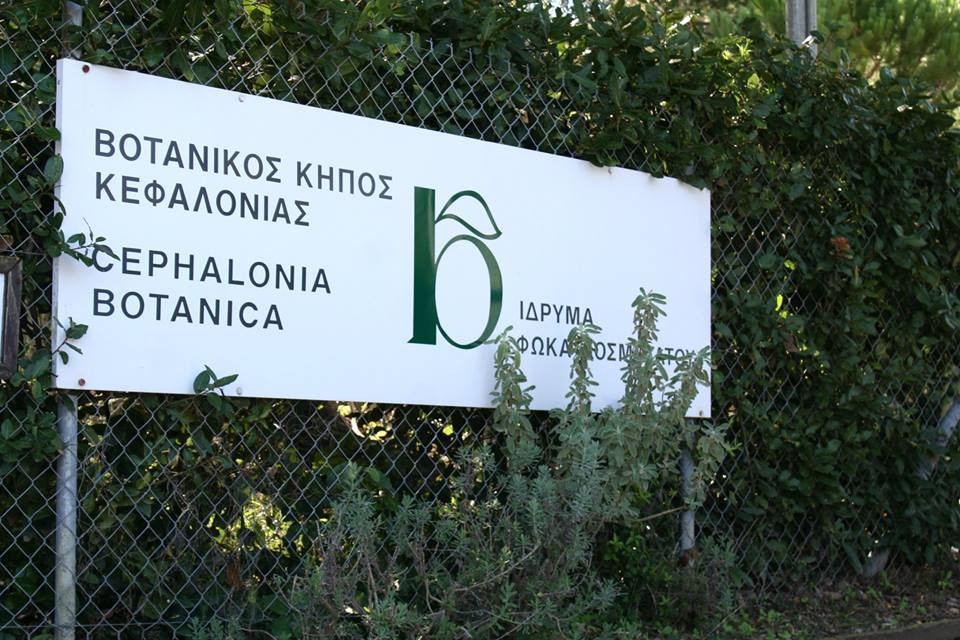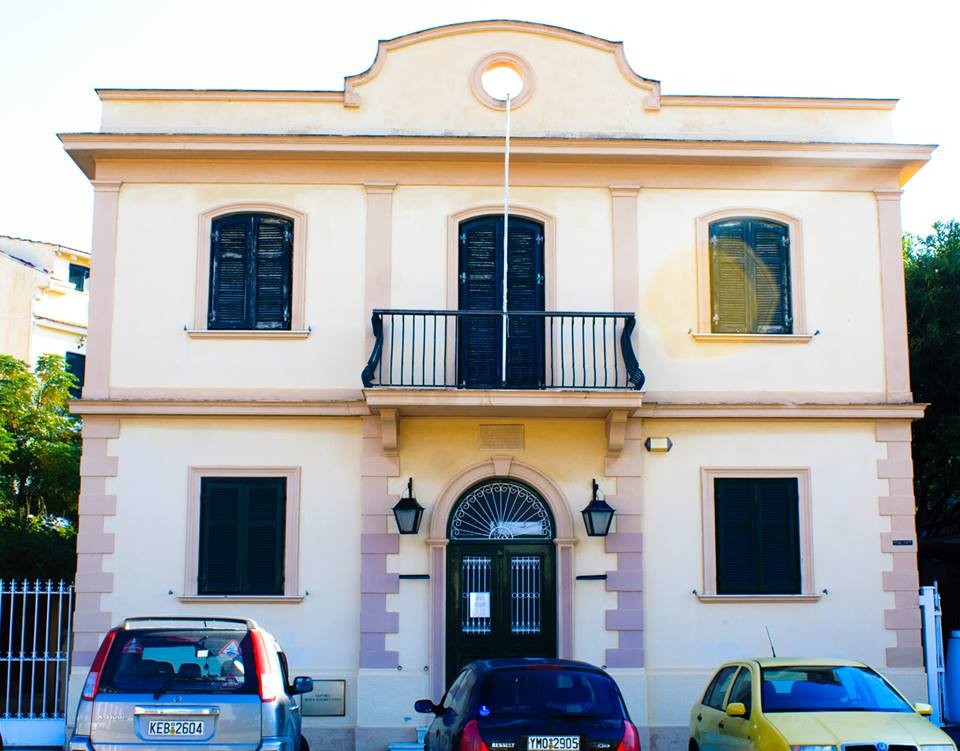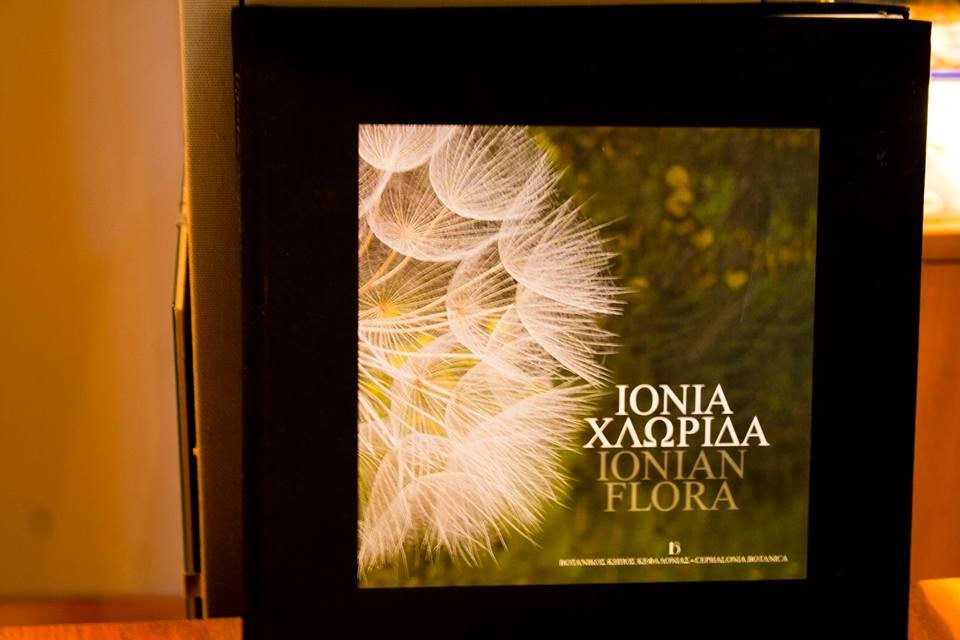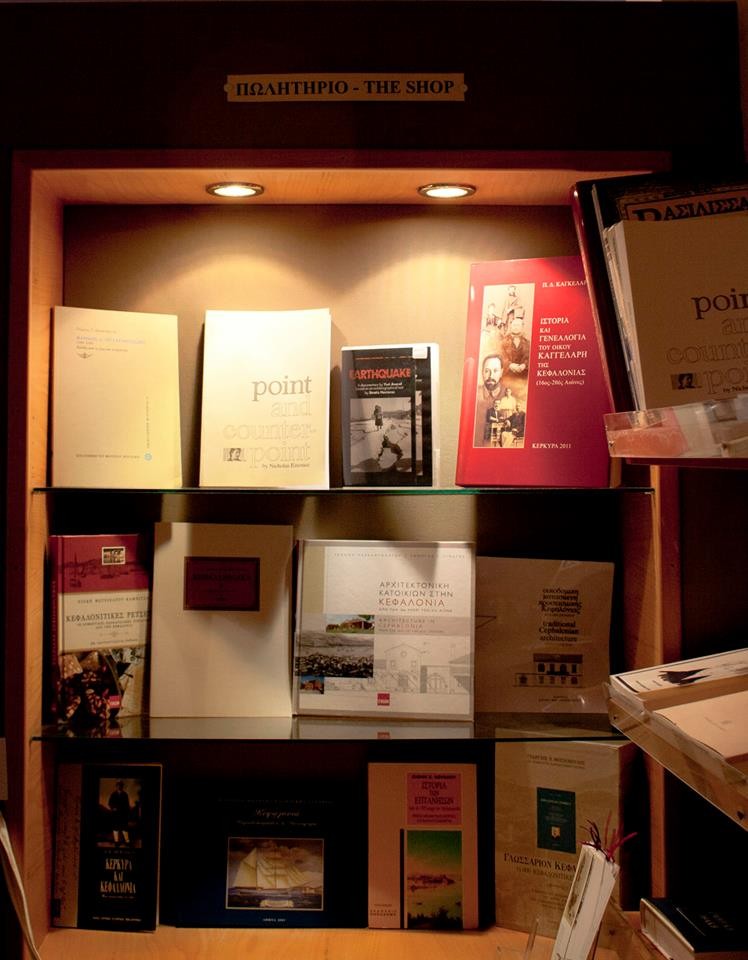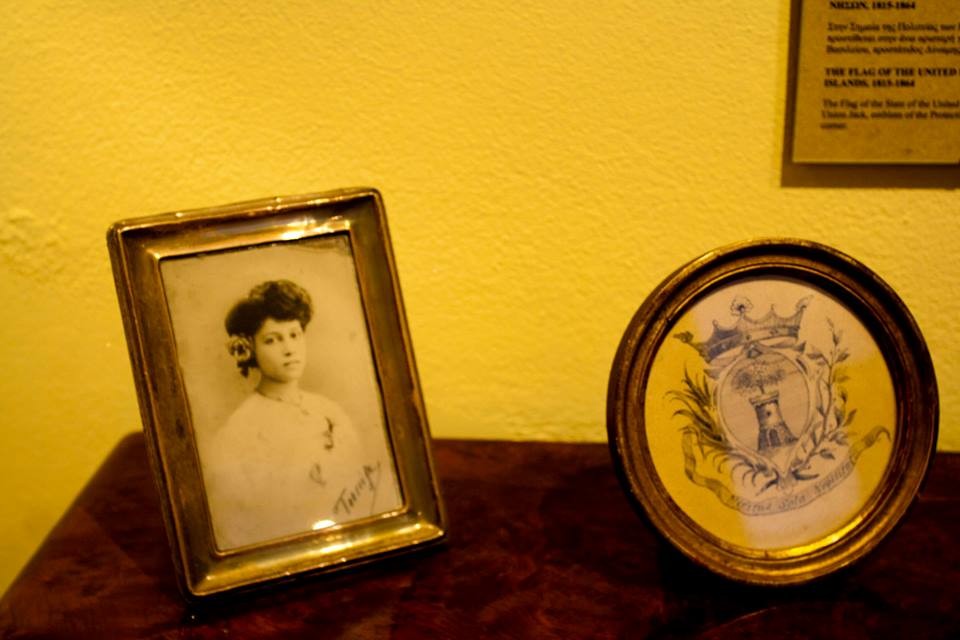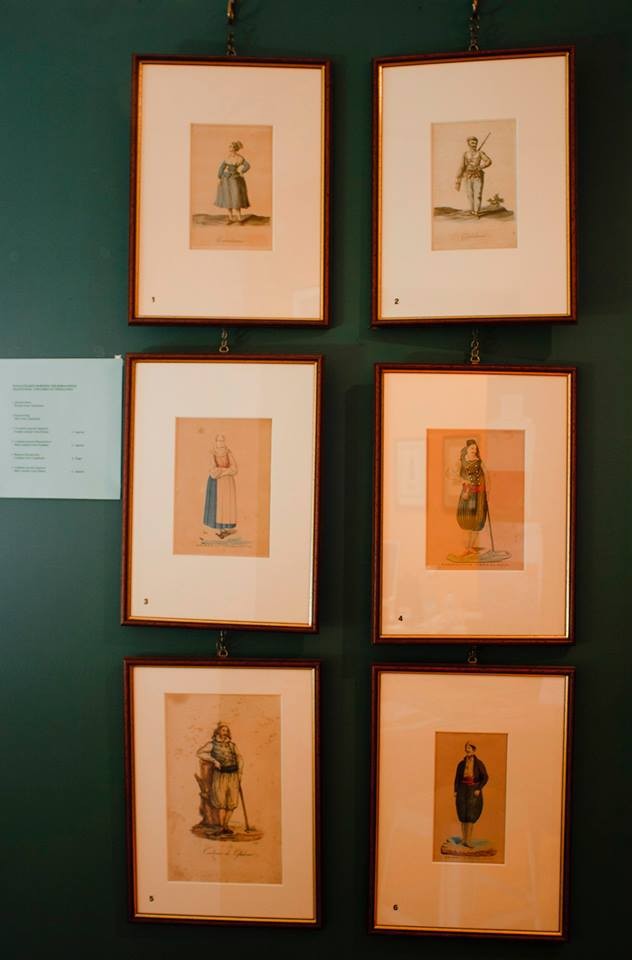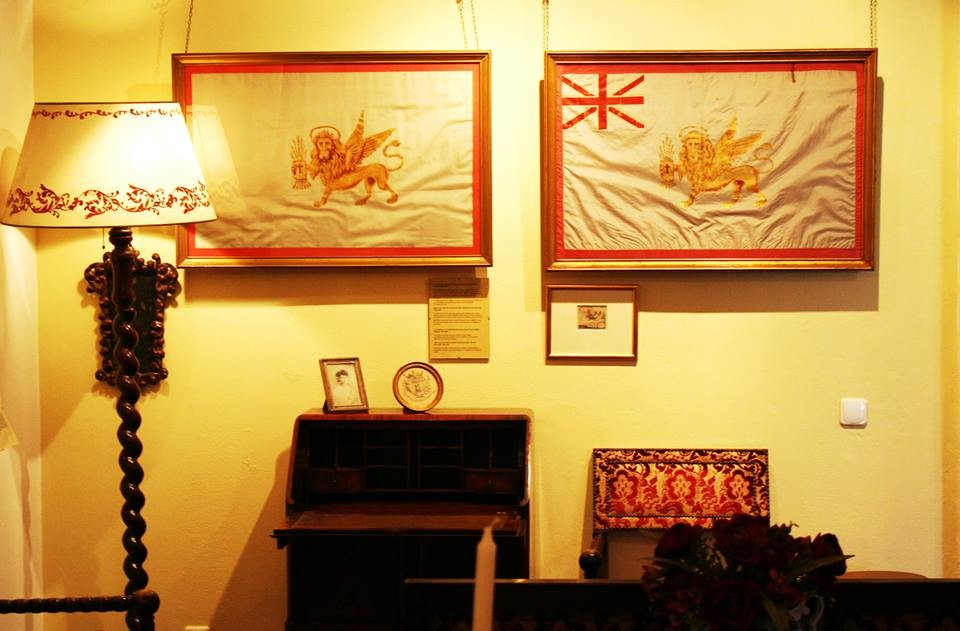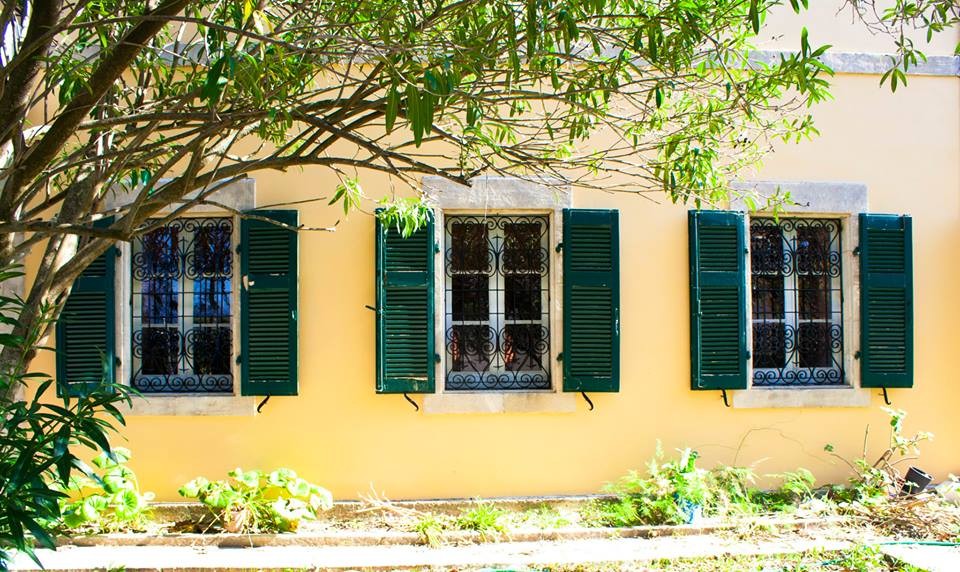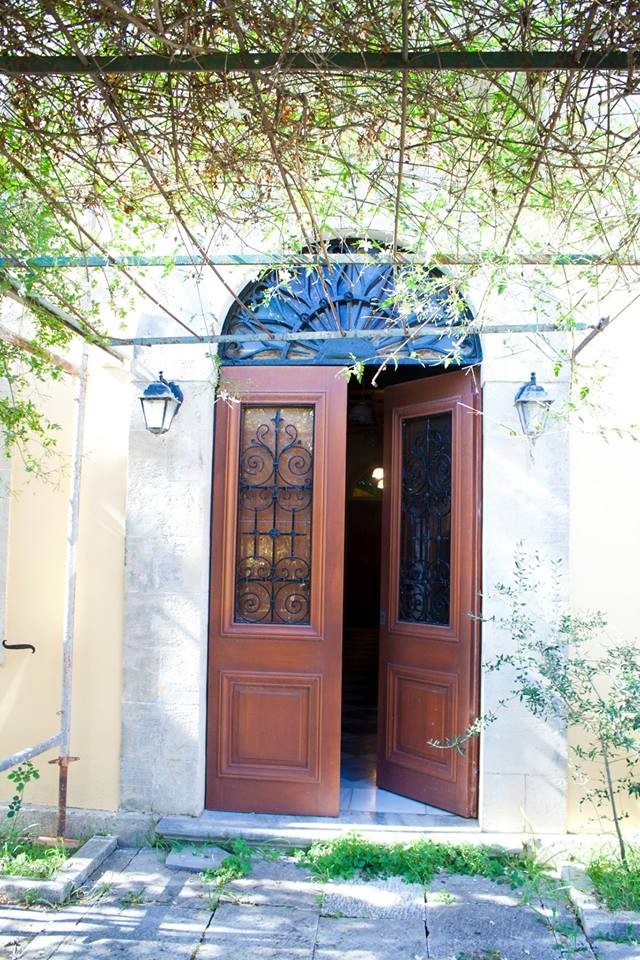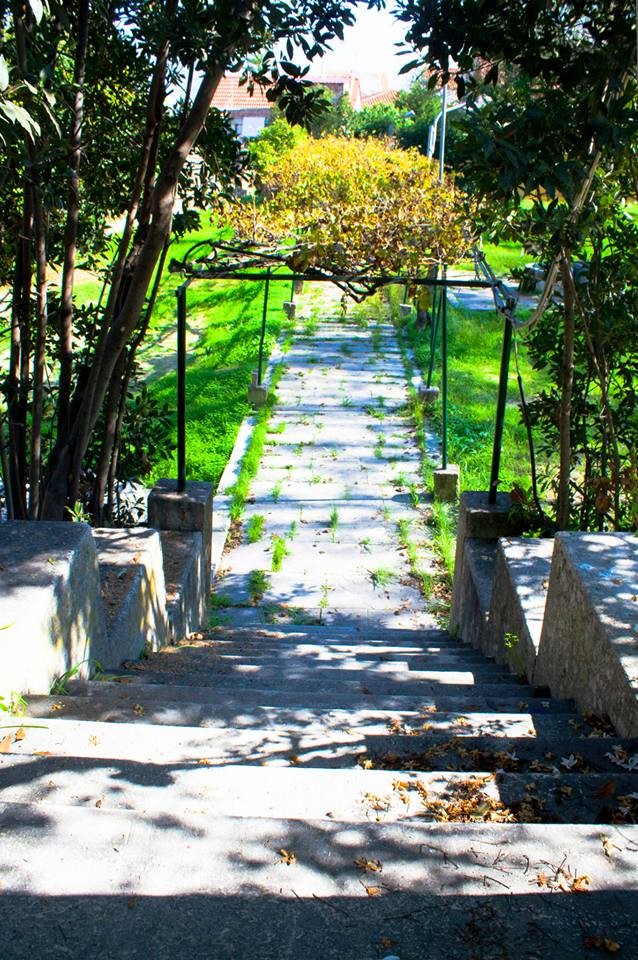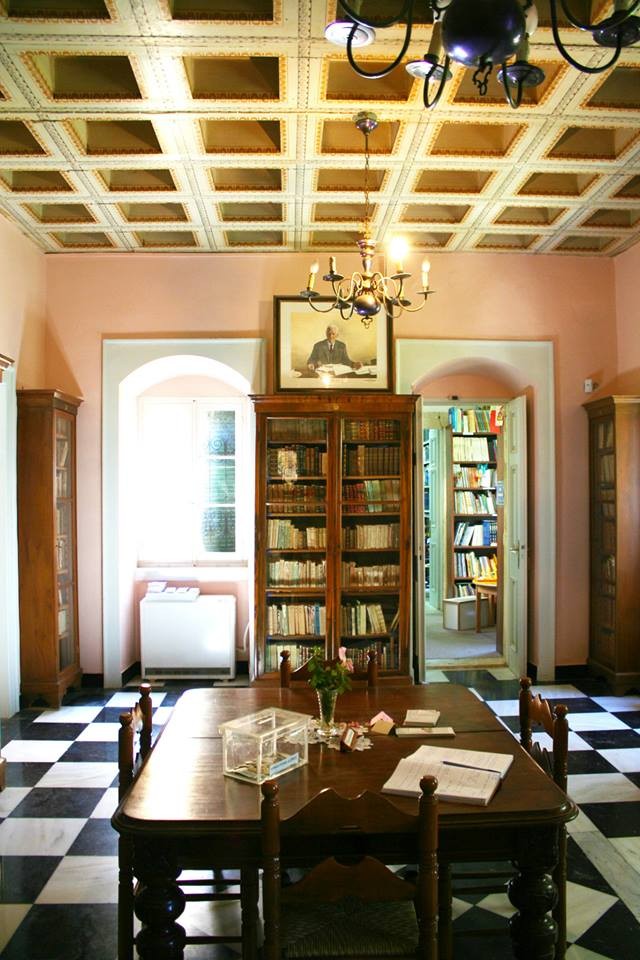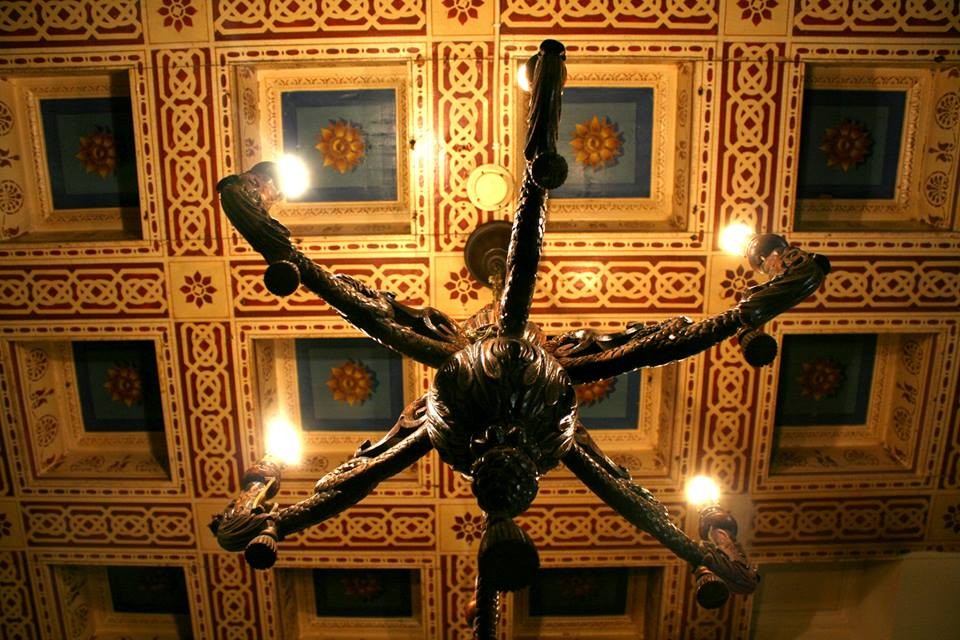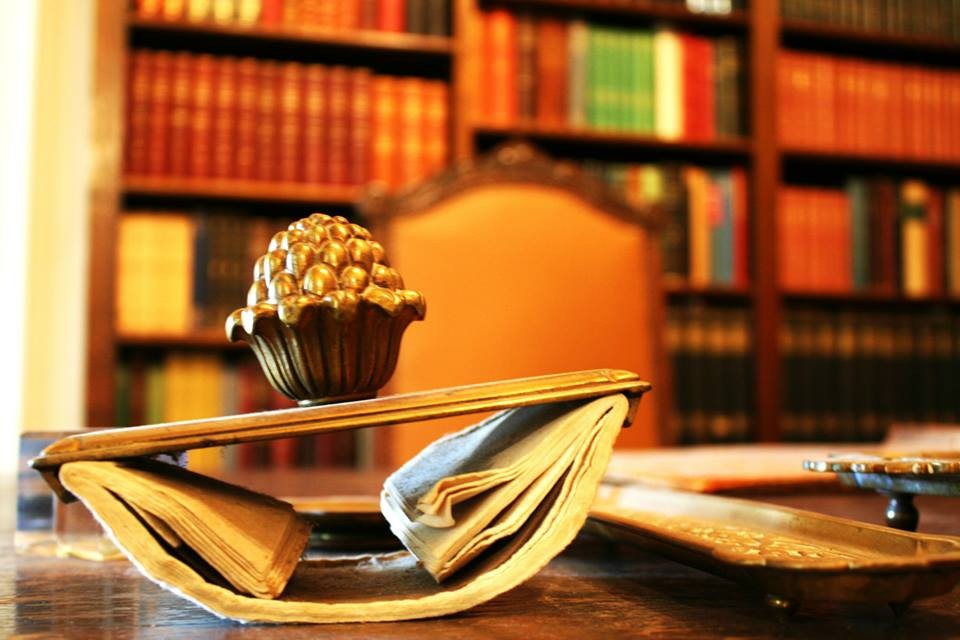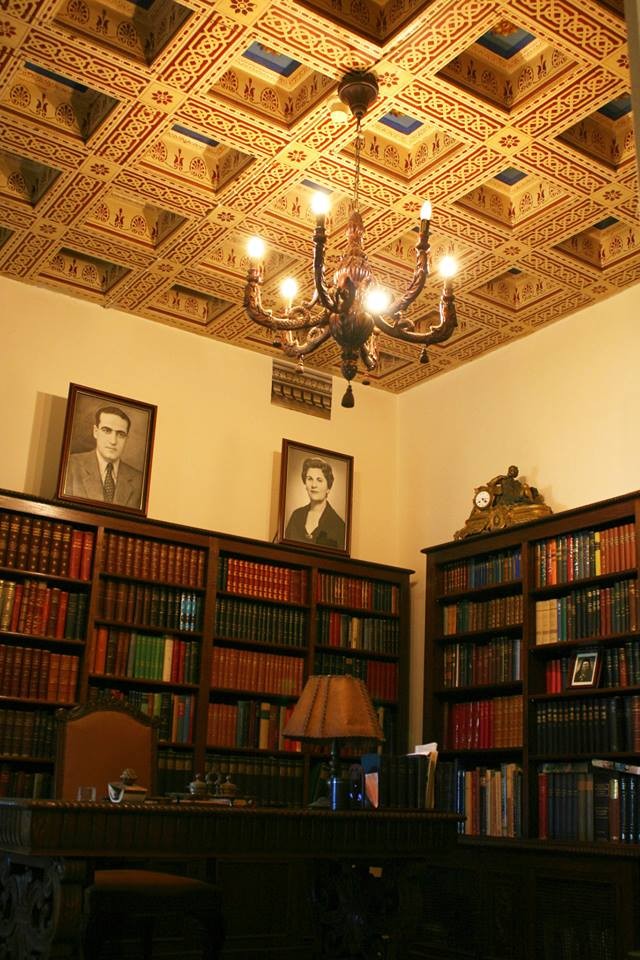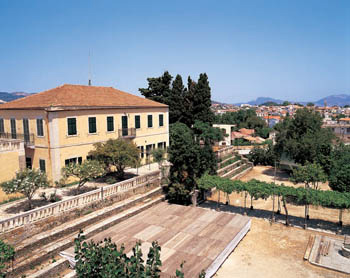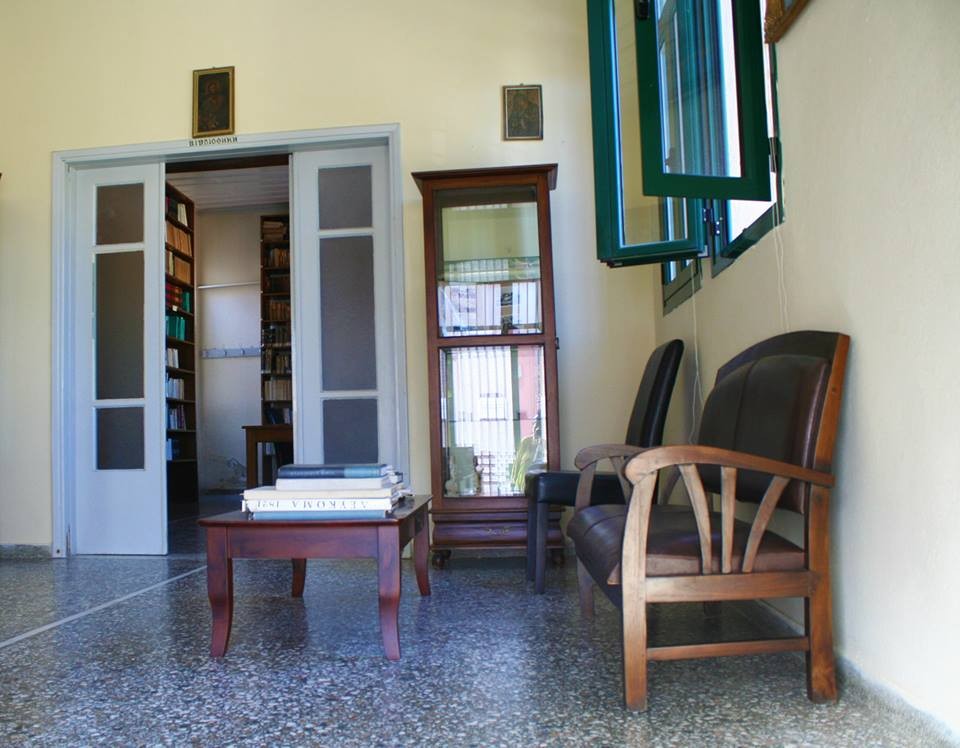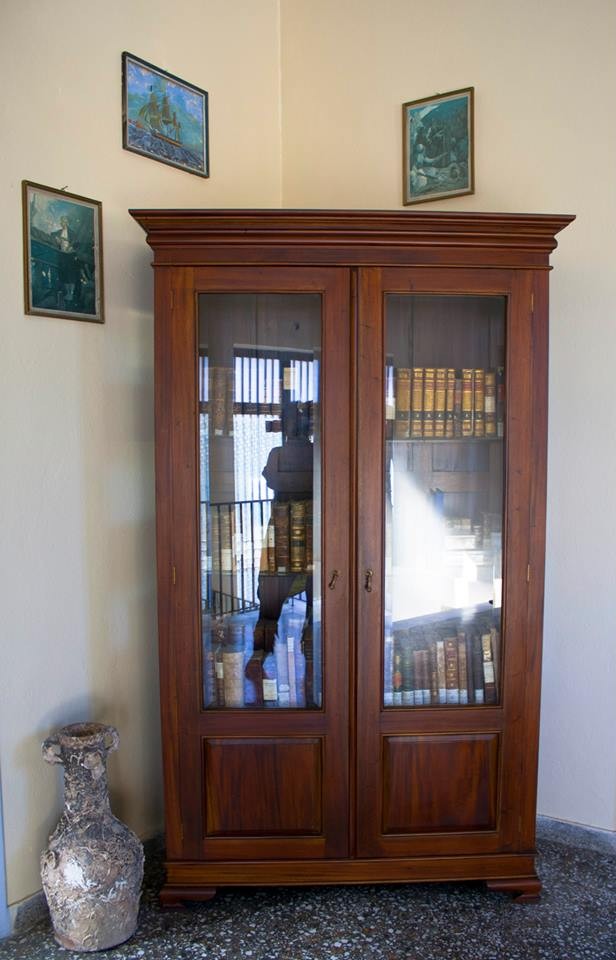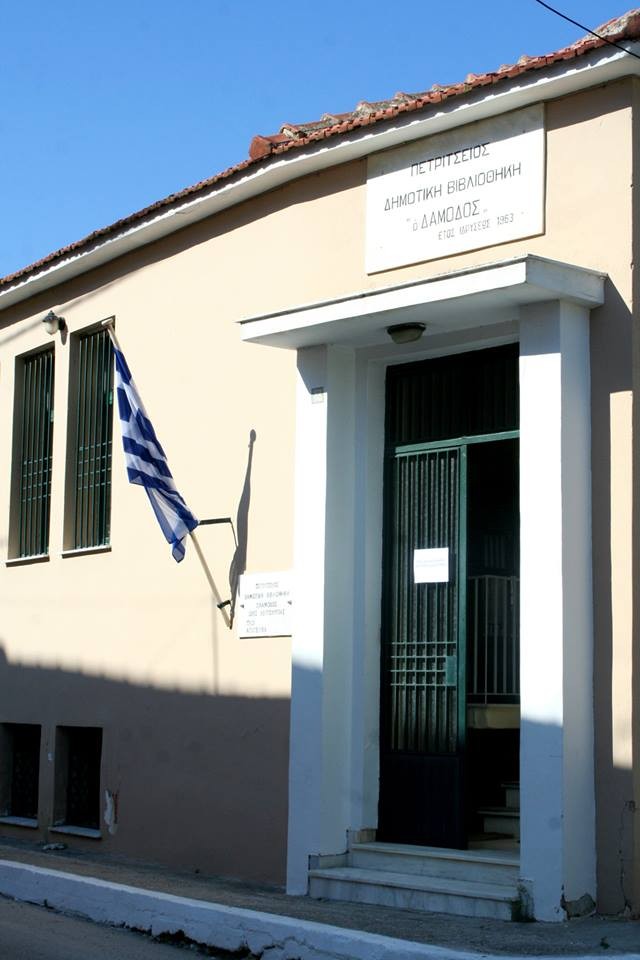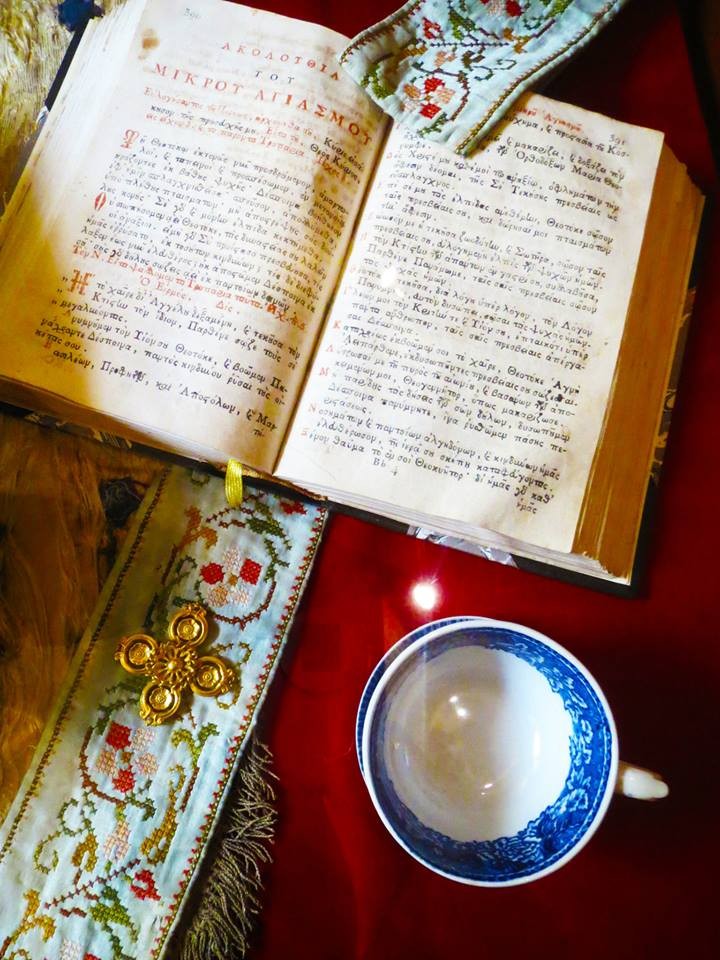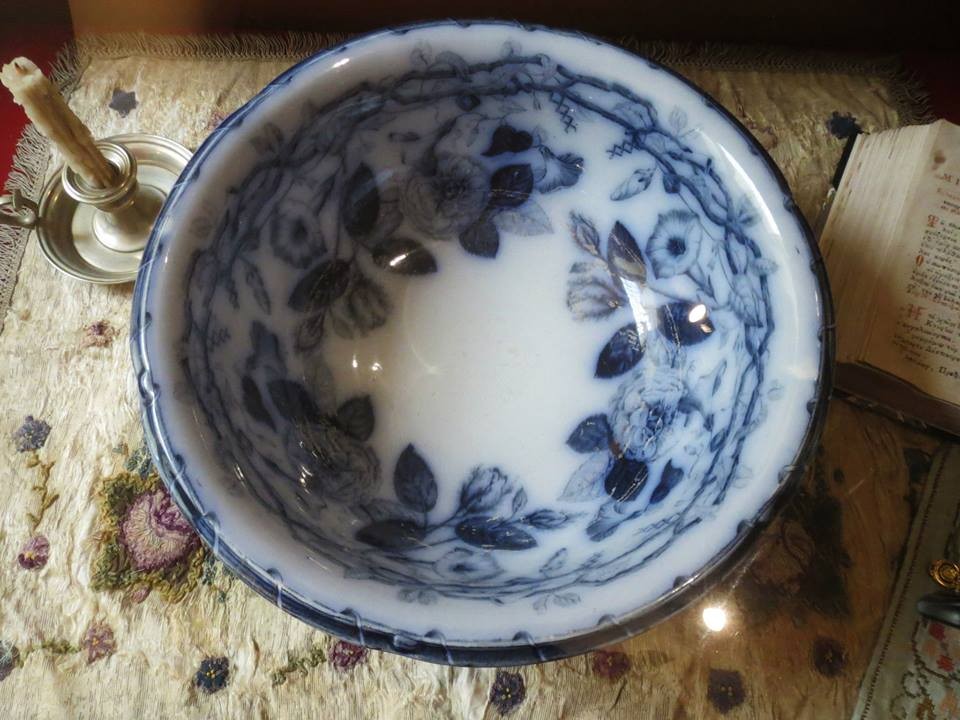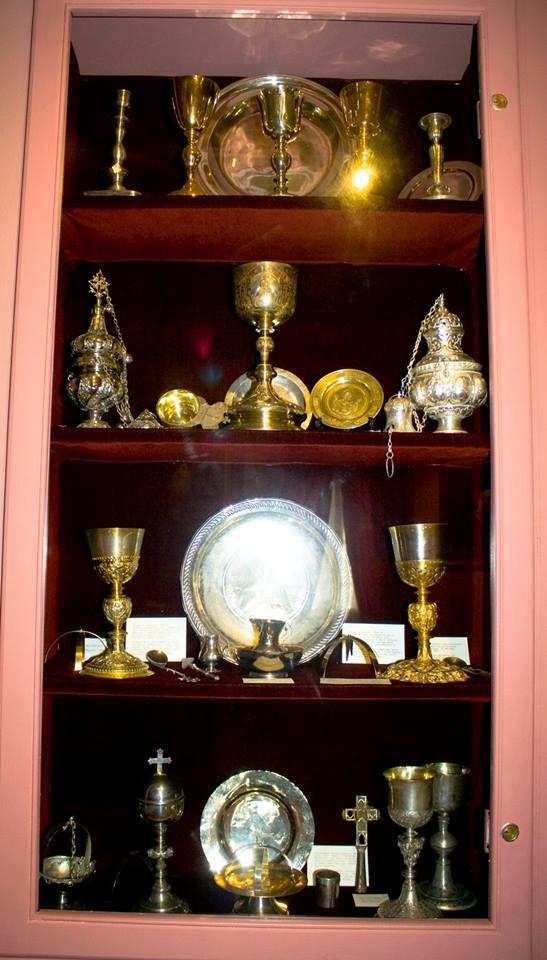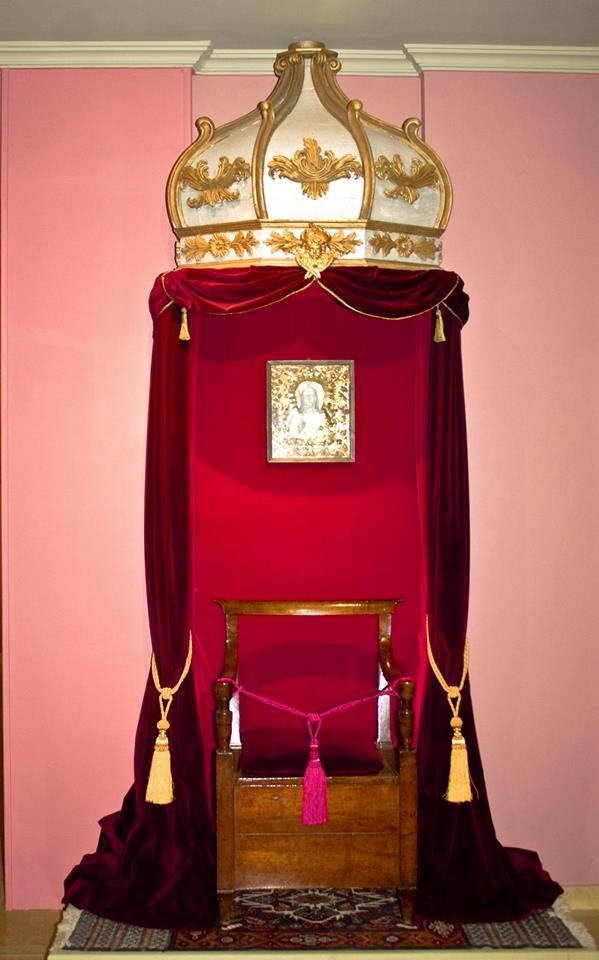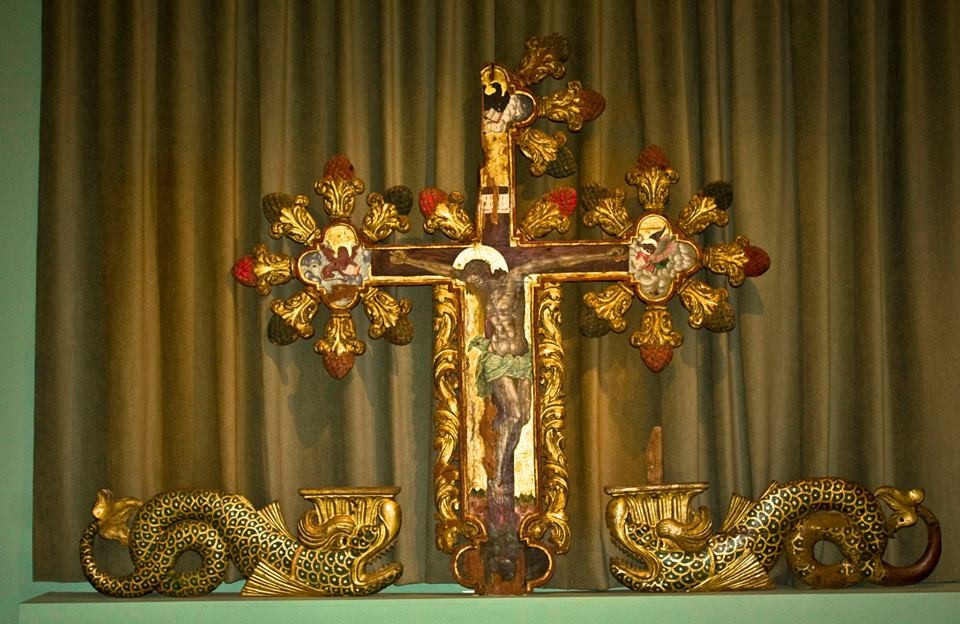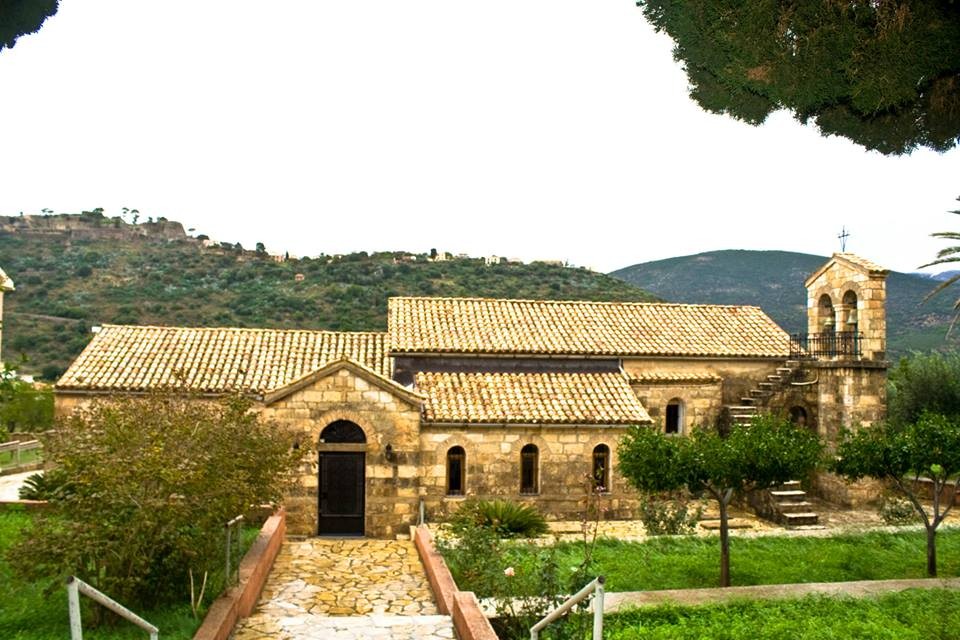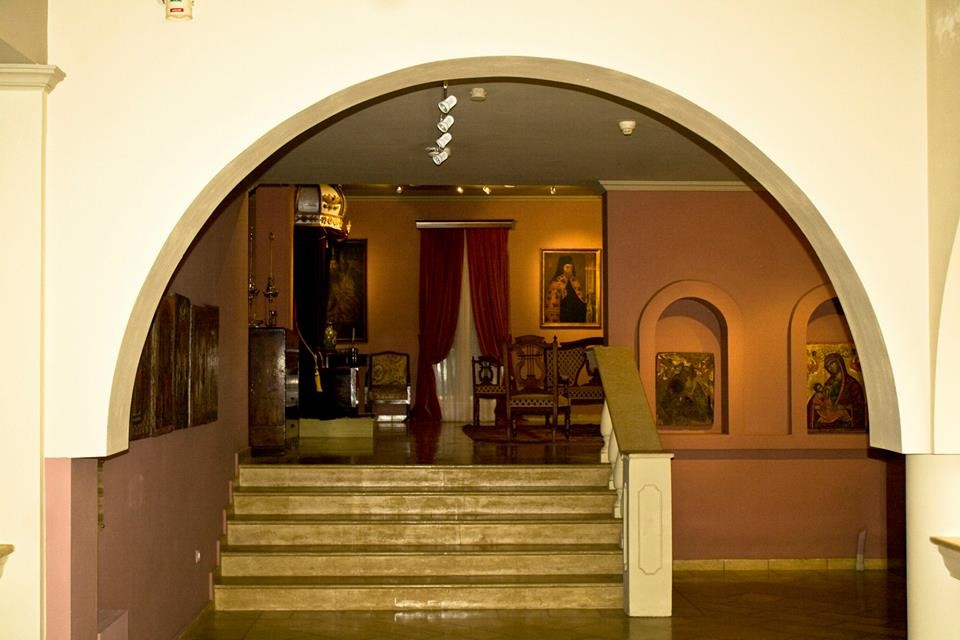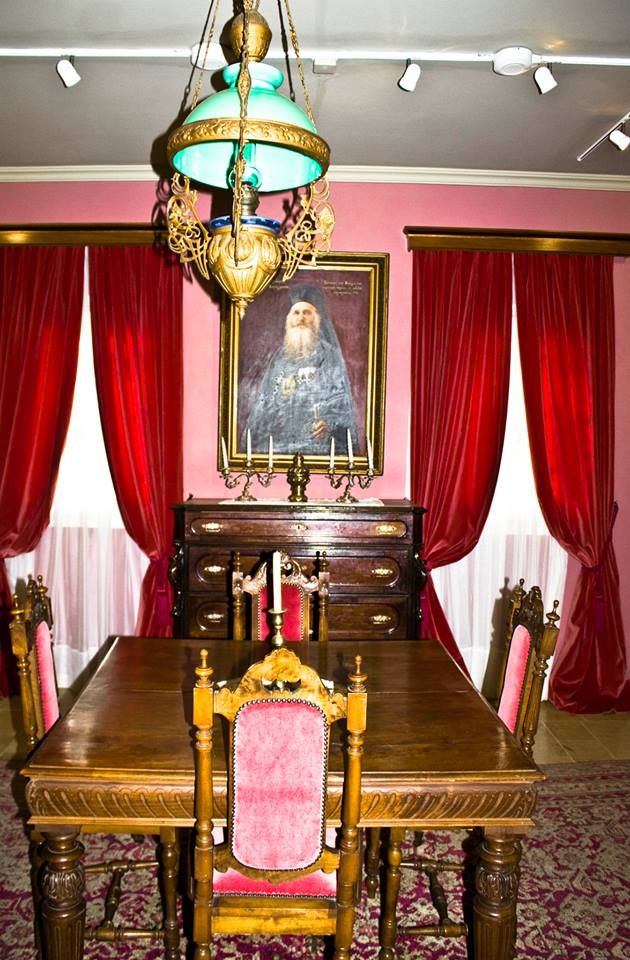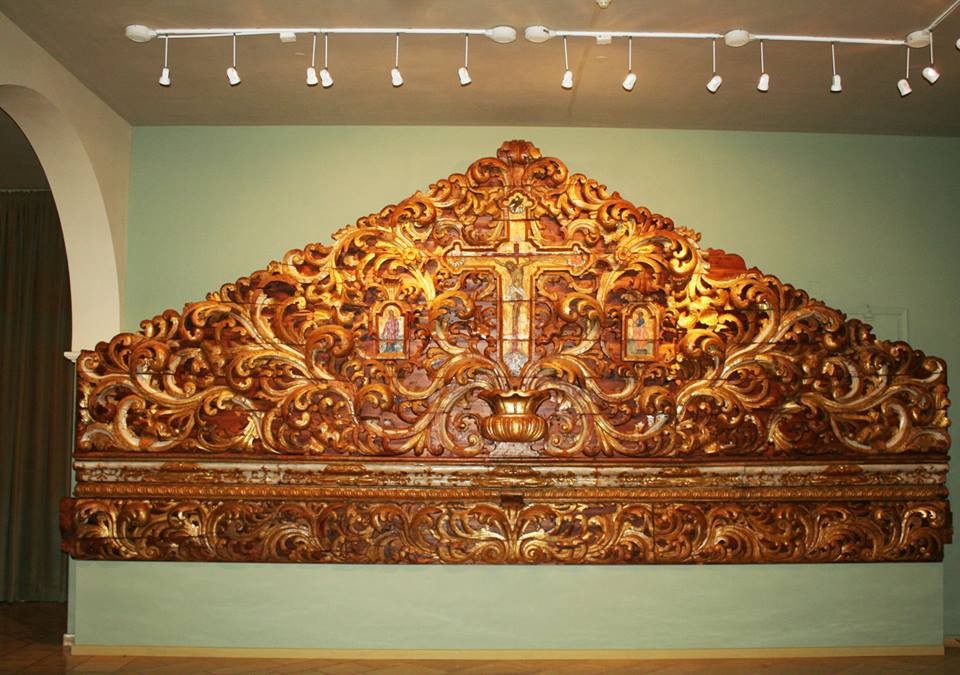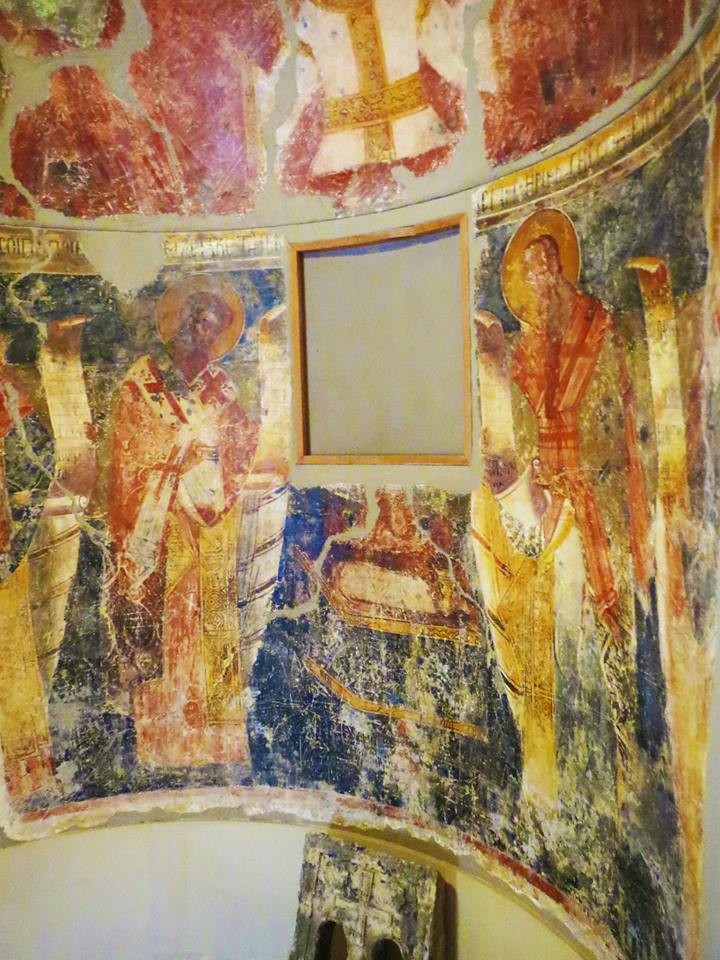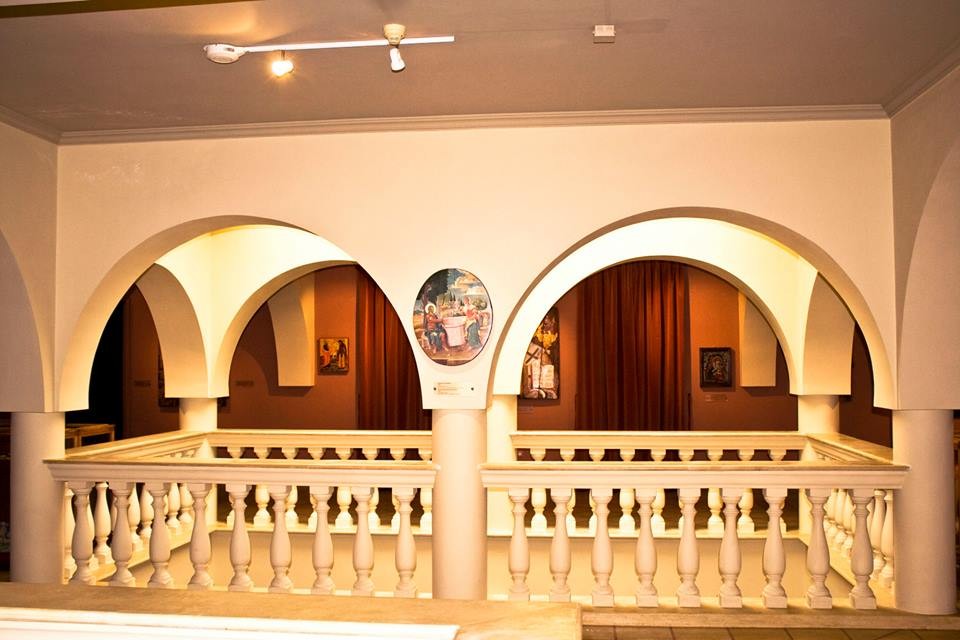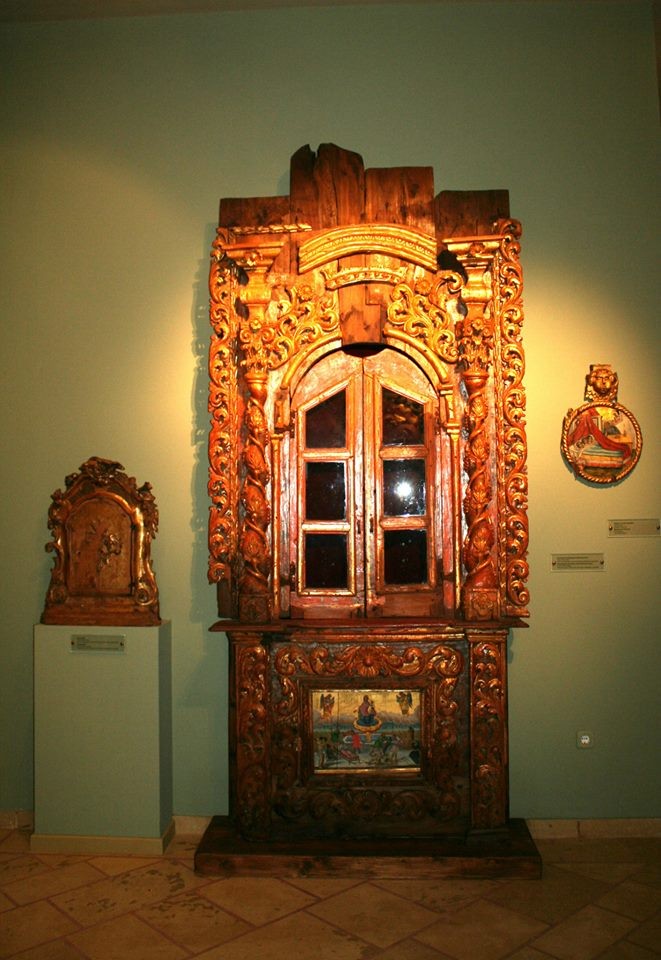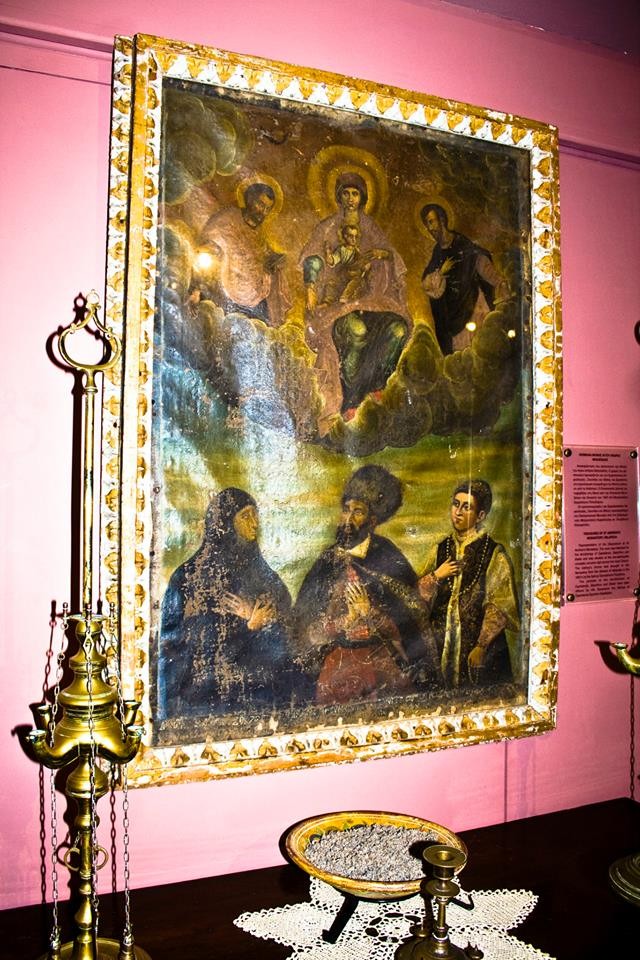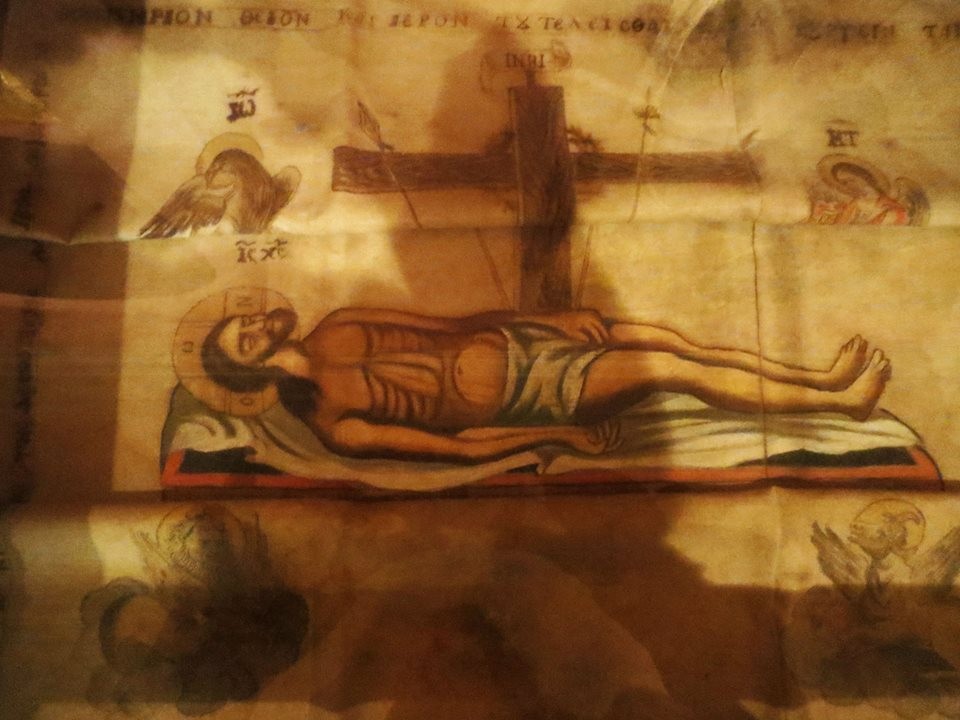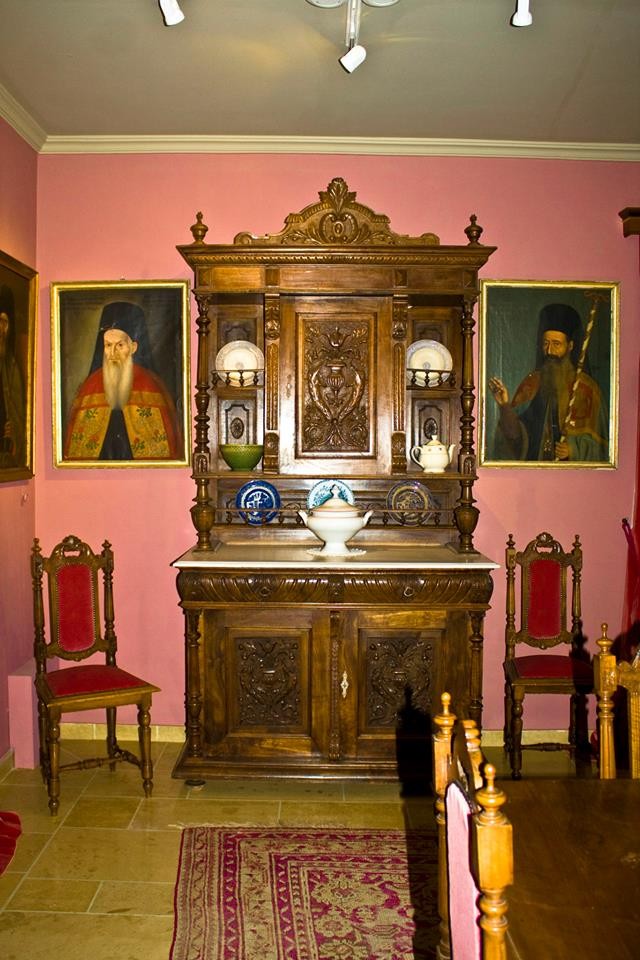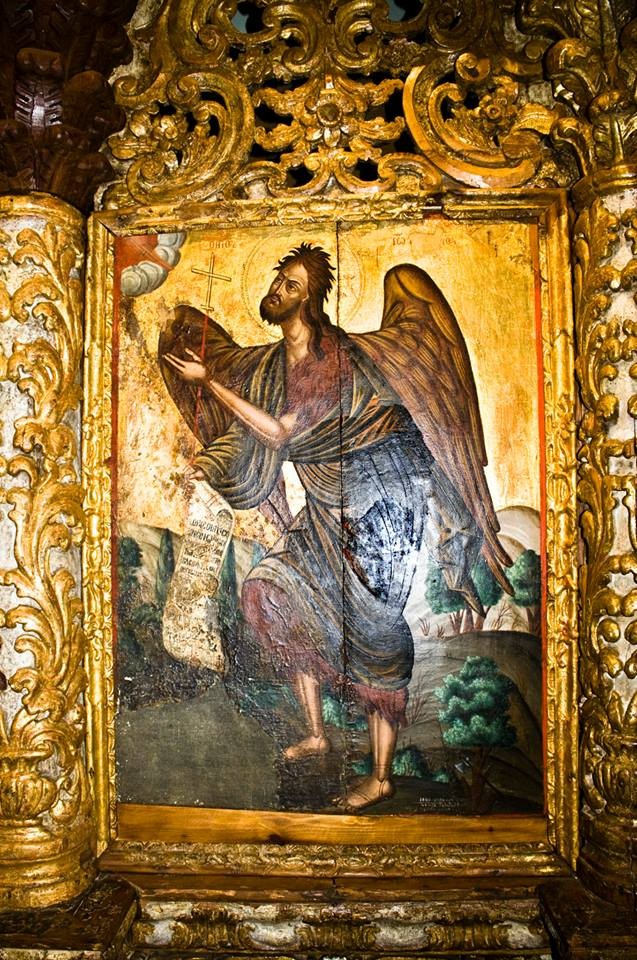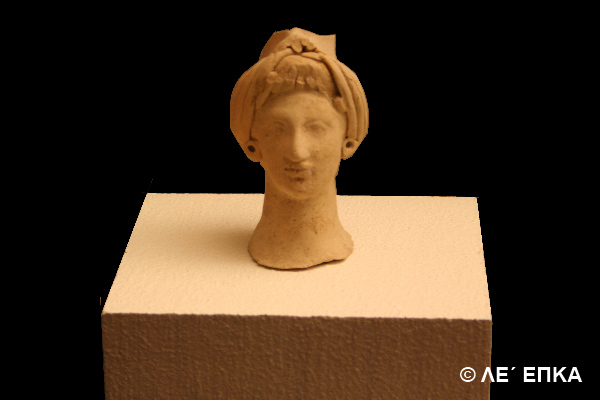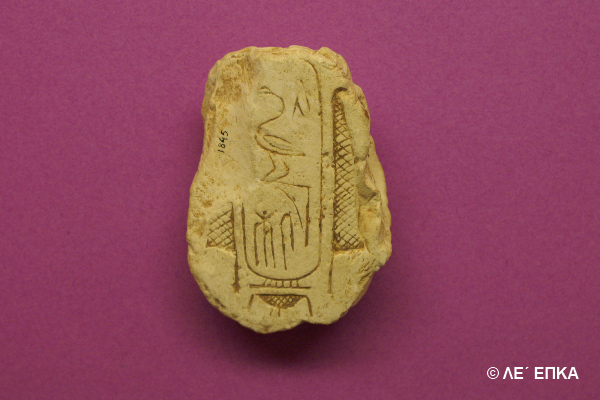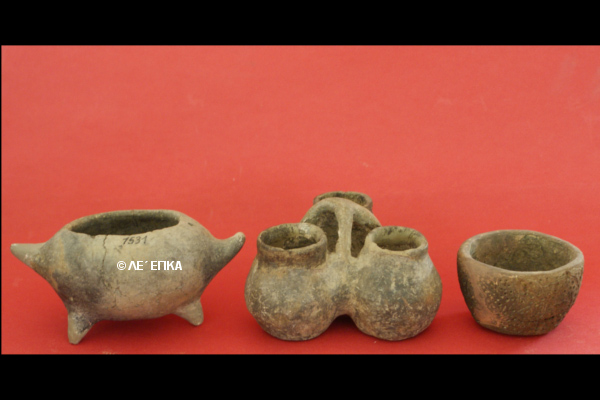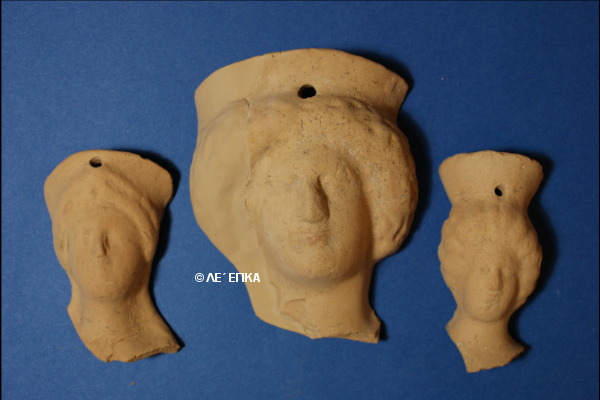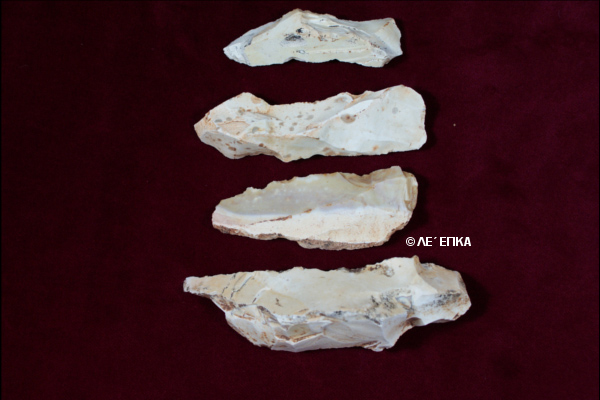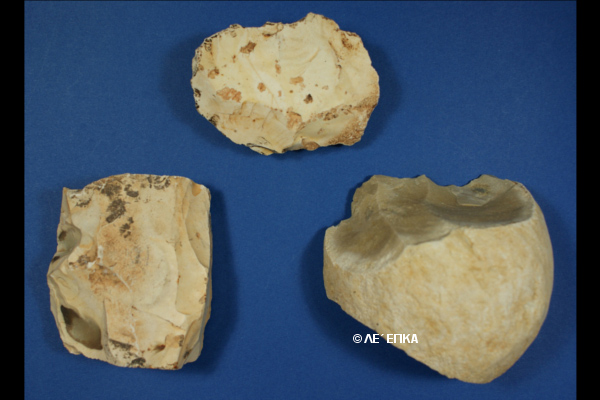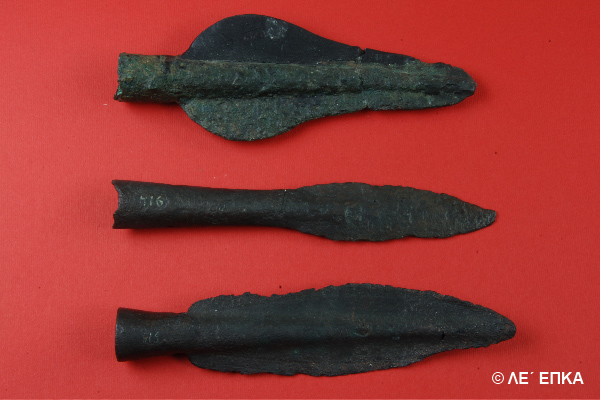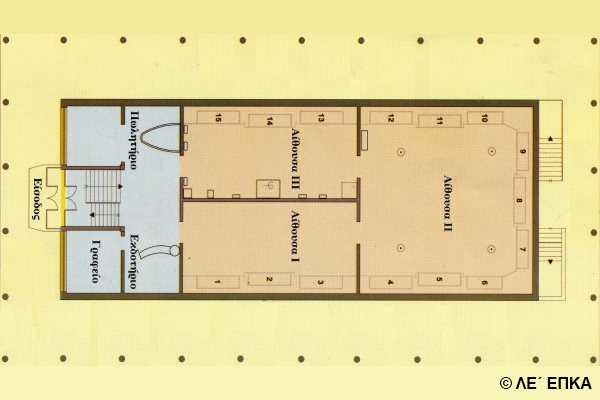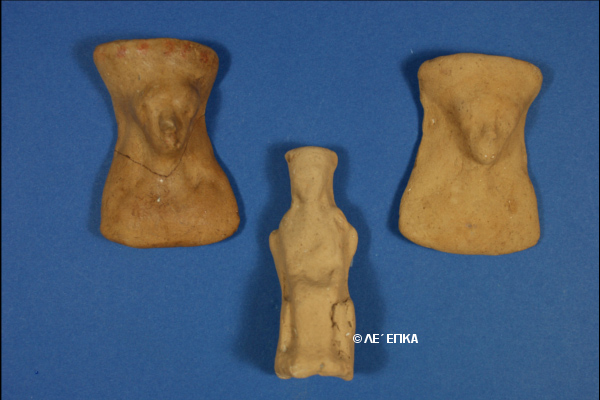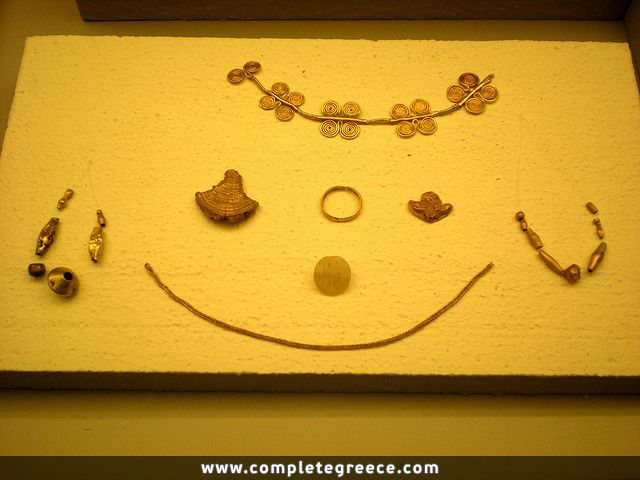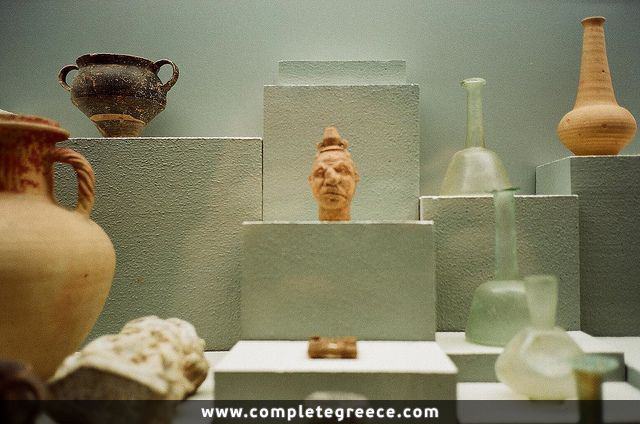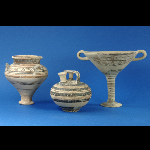Kefalonia - Museums
The rich history of Kefalonia, the particularities of its natural environment and also the traditions of past centuries are presented in a number of museums and cultural centers throughout the island. The Museums of Kefalonia cover every aspect of interest and are located in different parts of the island, not limited to the capital: the Maritime Museum in Fiskardo, the Olive Museum in Makriotika , the Museum of Electricity in Faraklata and others. In most of them there is a small fee for the admission and they operate the normal hours and days as museums throughout Greece.
The Museums of Kefalonia are not simply "places of memories", but with activities directed at the contemporary individual, they are constantly evolving and integrating into the social fabric: seminars, workshops, conferences and activities are organized continuously, so that the museums are in constant contact with the public and their audience can experience in practice the knowledge exhibited at the museum.
In this section are also included the two most important Public Libraries of Kefalonia, with books, manuscripts and documents that narrate the history of the island and are accessible to the public that wants to learn about the past.
-
Nautical and Environmental Museum in Fiskardo
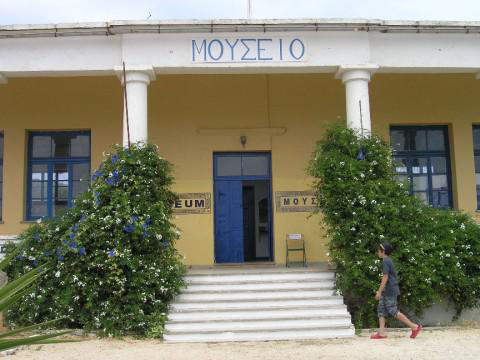
You will be able to admire the skeletons of various marine mammals, turtles, seals and the whole skeleton of a whale that was washed up dead on the beach Emplisi in 1995, in the rooms of the nautical museum in Fiskardo. A recording of the marine fauna of Kefalonia and a photo gallery with the history of the area during the centuries will complete your tour. Read more
-
-
Museum of Natural History of Kefalonia and Ithaca
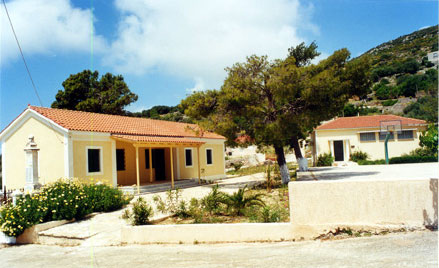
The museum does not operate in the last few years due to lack of staff. Read more
-
-
Museum of Radio and Telecommunication Material
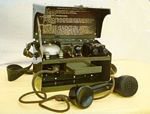
More than 270 tabletop radios that work properly are hosted by Radio Museum, founded in 1995 by a private collector and amateur of radio, Charalambos Makris. Its exhibits also include gramophones, record players, tape recorders, radio , telephones and telephone centers of old age. The museum is visited by schools which enjoy a full educational presentation with additional photographs. A radio amateur station also operates in the museum with the call sign sv8xw & CB KF 244. Free entrance. To visit the museum you should make an appointment. Read more
-
-
Museum of Electricity in Faraklata

Since the early 20th century, this small village of Kefalonia, Faraklata had electricity! Initially to illuminate the village church, it used a generator set in 1909, but which no longer exists. In the small museum, housed in the building of the electric power stations of this period you can see production machines of the last century and concrete pillars of power distribution in Faraklata! Read more
-
-
Museum of Olive in Pilaros
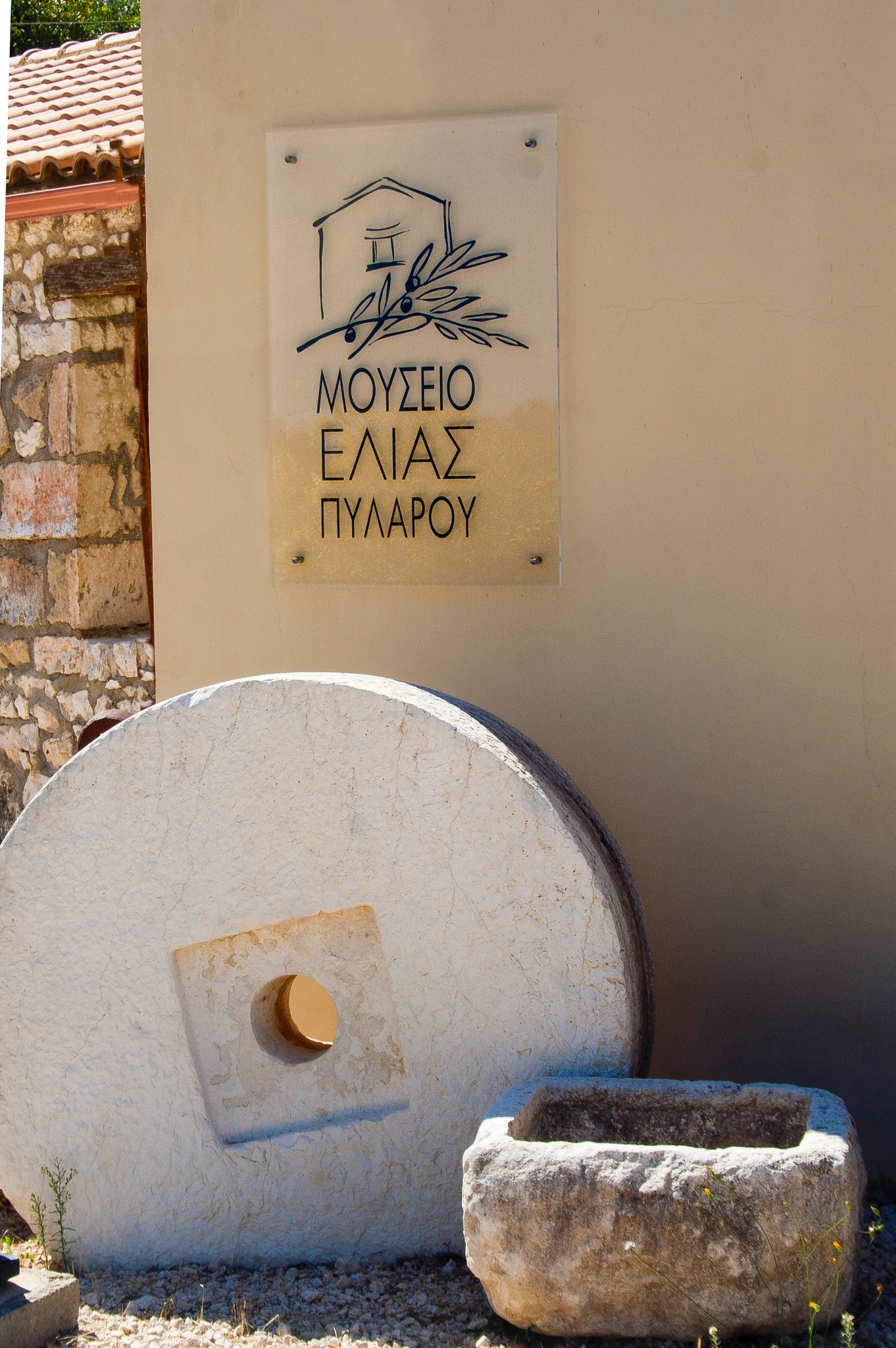
The Museum of Olive in Pilaros is in Makriotika . The old oil mill of church of St. Demetrius, which houses the museum , is itself the greatest showpiece! The elements of the building and equipment are maintained, while in its exhibition you can see millstones, stations, mats and even jars where you store the oil. The stone used for floor comes from Falari and the moving parts are still maintained. The museum is open all year and has been included in the environmental education programs of schools of Kefalonia. Read more
-
-
Korgalenio Historical and Folklore Museum of Argostoli
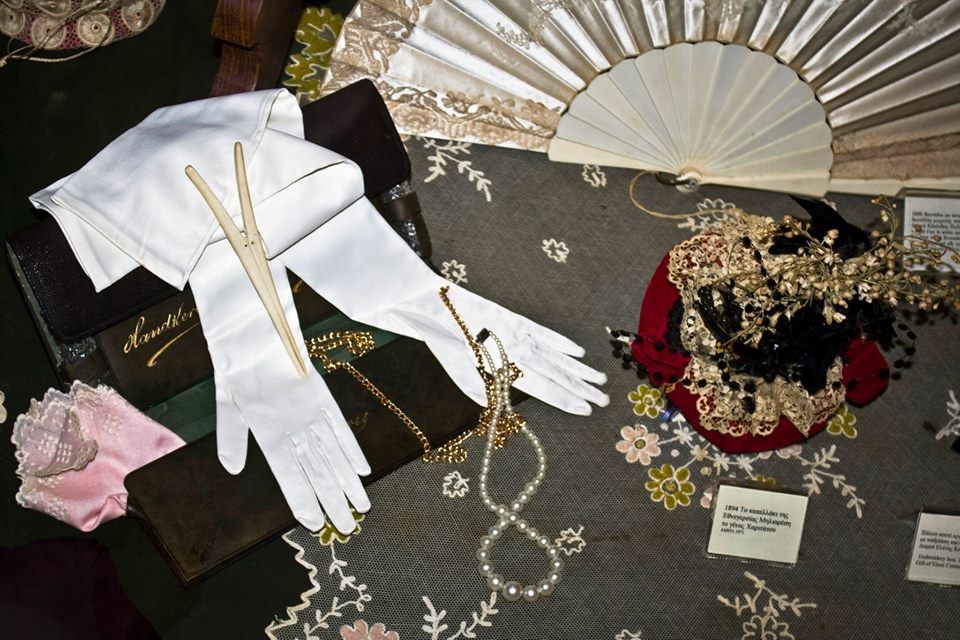
Everyday objects of people of Kefalonia, furniture, tools, appliances, artwork, religious artifacts and historical documents are the objects housed in the halls of Korgialenio Historical and Folklore Museum of Argostoli. It was created in 1963 on the ground floor of Korgalenios Library and covers the entire modern history of Kefalonia: the Venetian conquest until the destruction of the earthquake in 1953. The permanent exhibition is divided in sections of urban and rural, ecclesiastical art and urban design. The collection of Byzantine icons of Charokopos and the Collection of Francis and Stephen Vallianos are exhibited separately. The consistency of the exhibition halls of the museum gives the visitor the feeling of visiting a real local home of past centuries and not a museum! Read more
-
-
Korgialenios Library
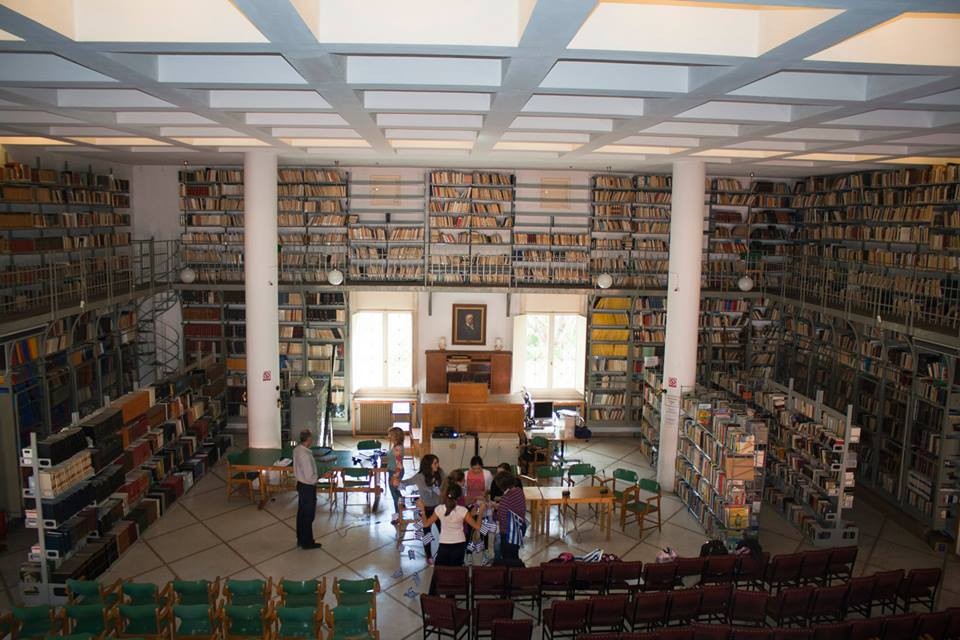
The library was established in Argostoli in 1925 and until today is a reference point for the city and the entire island. Read more
-
-
Foundation of Fokas Cosmetatos’ sons
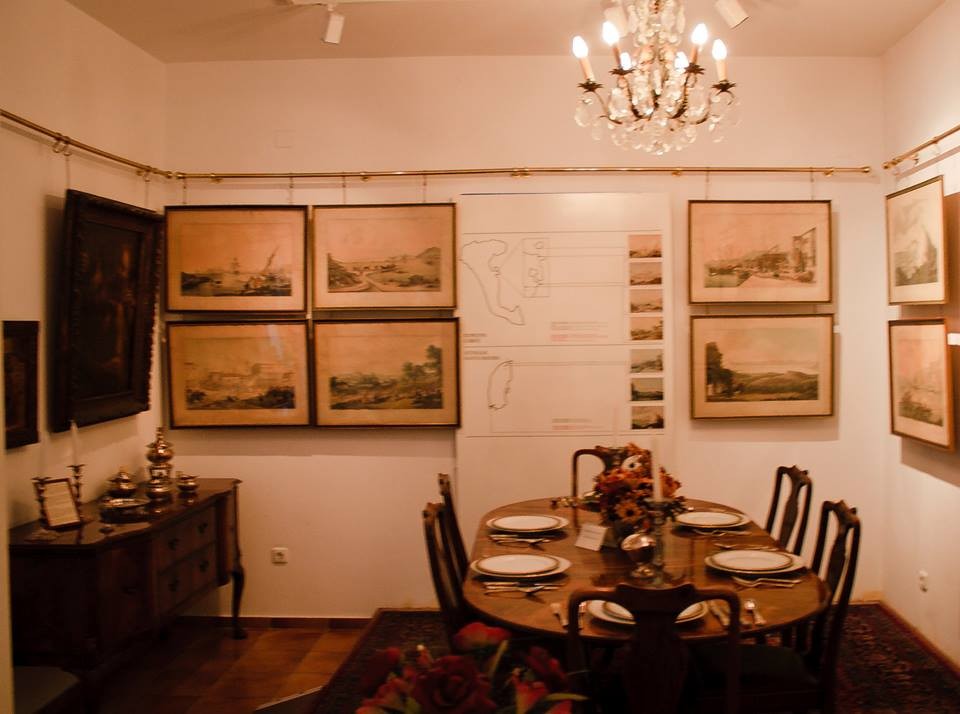
A foundation with a multifaceted character was founded in 1984 by bequest of brothers P. Fokas Cosmetatos and is housed in a listed family house in Argostoli. On the ground floor of the building , which is located opposite to the building of the Prefecture, collections of rare works of brothers are presented: lithographs of Eptanesian and Greek interest as well as French by 18th century, coins and banknotes of the Mediterranean area. In the basement the Archives of the Foundation are kept for research and educational purposes while the first floor houses the Secretariat of the Foundation. An educational section with creative workshops and a children's library also operates in the foundation. Additional activities are the development of the file, the publishing and operation of collections. Read more
-
-
Iakovatios Library of Lixouri
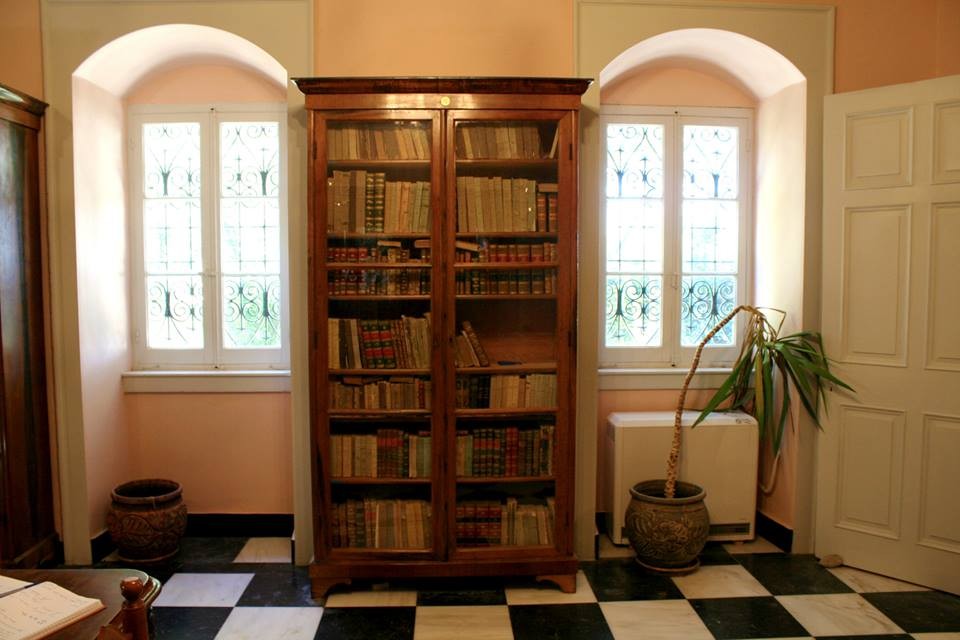
There are a lot of things to admire in Iakovatios Library of Lixouri: thousands of books dating from the early 16th century to today, a museum of objects from Kefalonia from the same period, a yard available for cultural events, but also the building itself, a neoclassical masterpiece of the 19th century! Read more
-
-
Public Petritsios Library “Damodos” of Lixouri
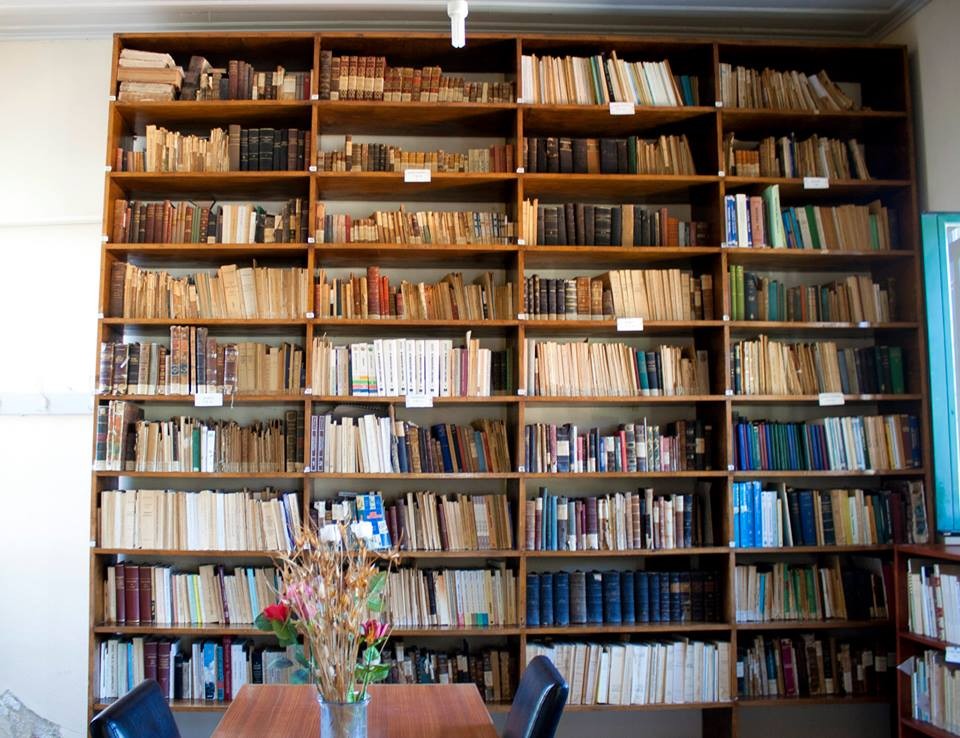
More than 1400 volumes of old books fill the shelves of the public library of Lixouri. It is called "Damodos" in honor of philosopher and theologian from Kefalonia of the 18th century Vincent Damodos. It accommodates even collections of rare books and vestments. The library is open to the public daily from 8:00 to 13:30 and from 18:00 to 19:00. Read more
-
-
Ecclesiastical Museum of the Holy Monastery of Saint Andreas
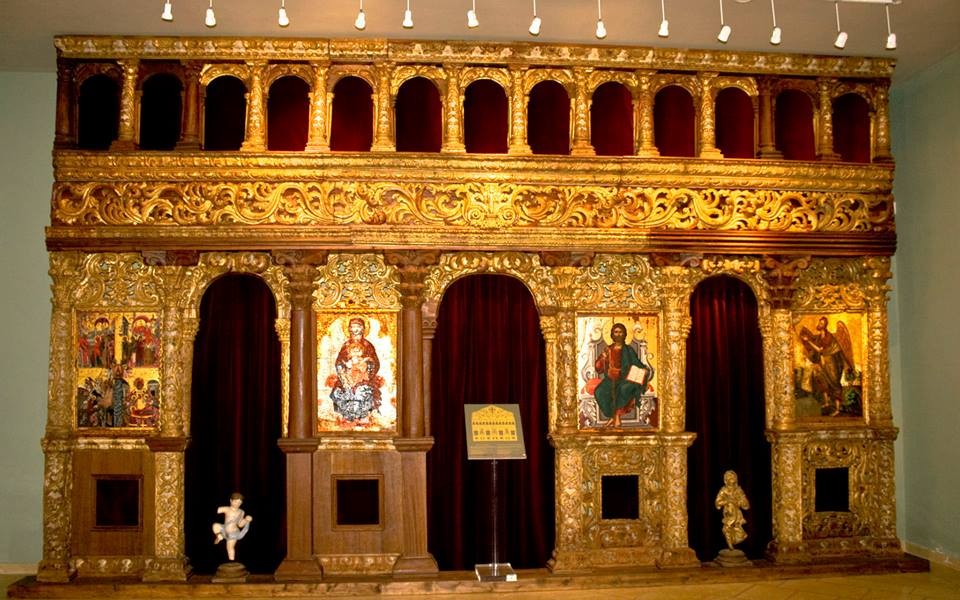
If you are fond of Byzantine Art, during your visit to the Monastery of Saint Apostle Andreas of Milapidia in Peratata, do not miss the Ecclesiastical Museum of the monastery. Here you can admire the frescoes of the Church of the Monastery of Archangels of Milapidia, the shroud of National Martyr of Constantinople Patriarch Gregory V, the epitrachelion of Saint Nektarios and the shirt of Saint Panagis. Among the most important exhibits of the museum there is Archdiocesan bag of Kefalonia embroidered by the nun Theodora Kanali from the village Metaxata during the period from 1715 to 1721 and two handwritten letters of Saint Kosmas the Aetolian of 1777. The Museum was founded in 1988 by the current Metropolitan Spyridon and images and religious relics from the temples of the island that were destroyed during the earthquake of 1953, were gathered and exposed here. Read more
-
-
Archeological Museum of Argostoli

In the three halls of the Archaeological Museum of Argostoli, the visitor can admire the exhibits from the paleolithic period to the after roman period. They come from excavations across the island of Kefalonia: Sami, Fiskardo, the "cave Drakaina" Poros, Skala, cemeteries in Kokolata and Metaxata, the cave of Diakata and elsewhere. Among other things, visitors have the opportunity to admire here flint tools of Paleolithic period, pottery of the Middle Helladic period, gold coins of the Mycenaean era, bronze swords, an Egyptian scarab, and artefacts that testify the blossom of c Tetrapolis of Kefalonia in the 5th century BC C., which consisted of four cities -states, Pali, Krani, Pronnoi and Sami. Read more
-

